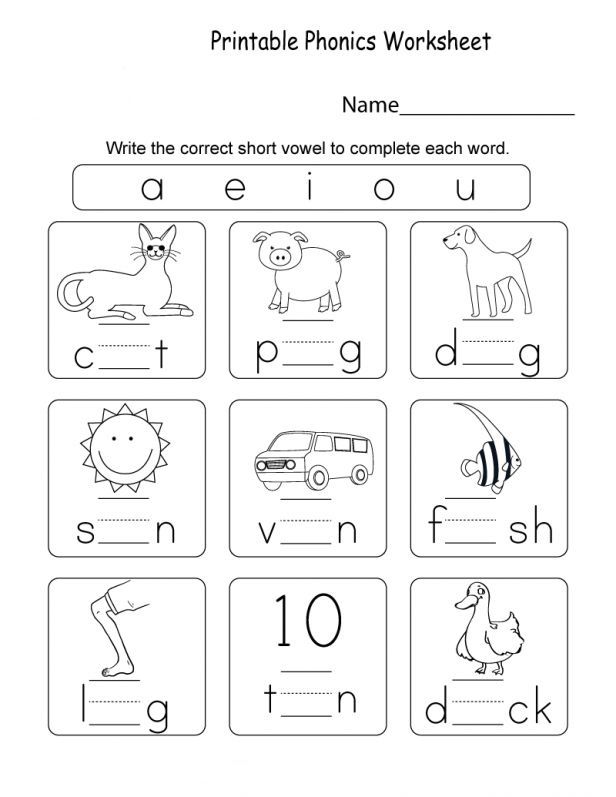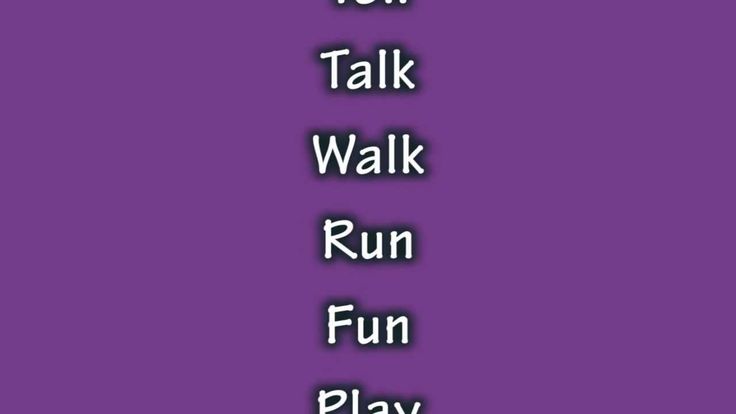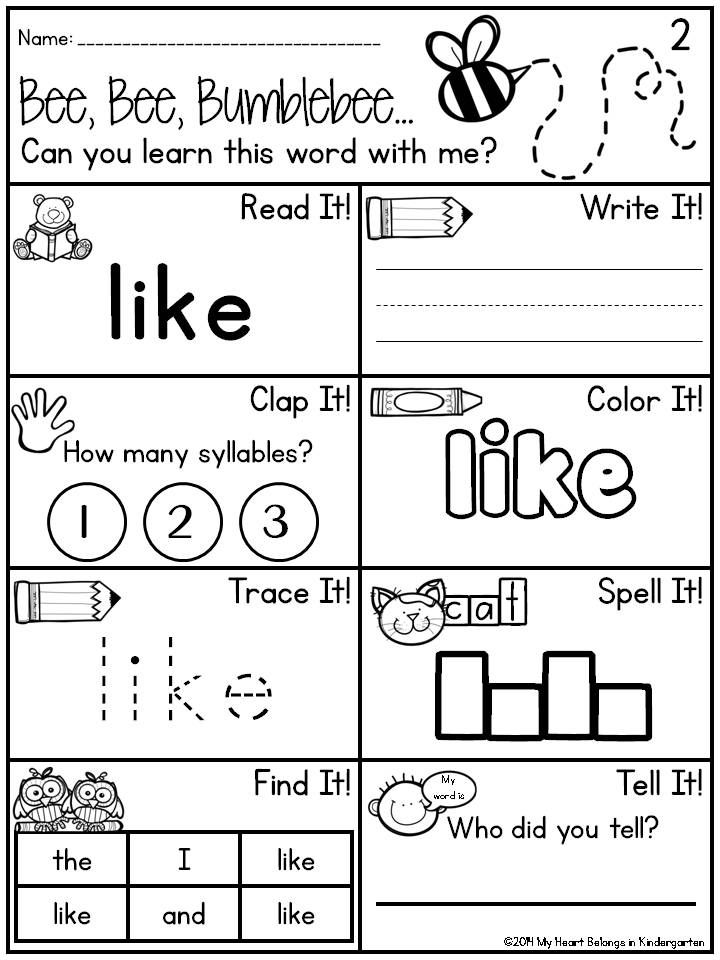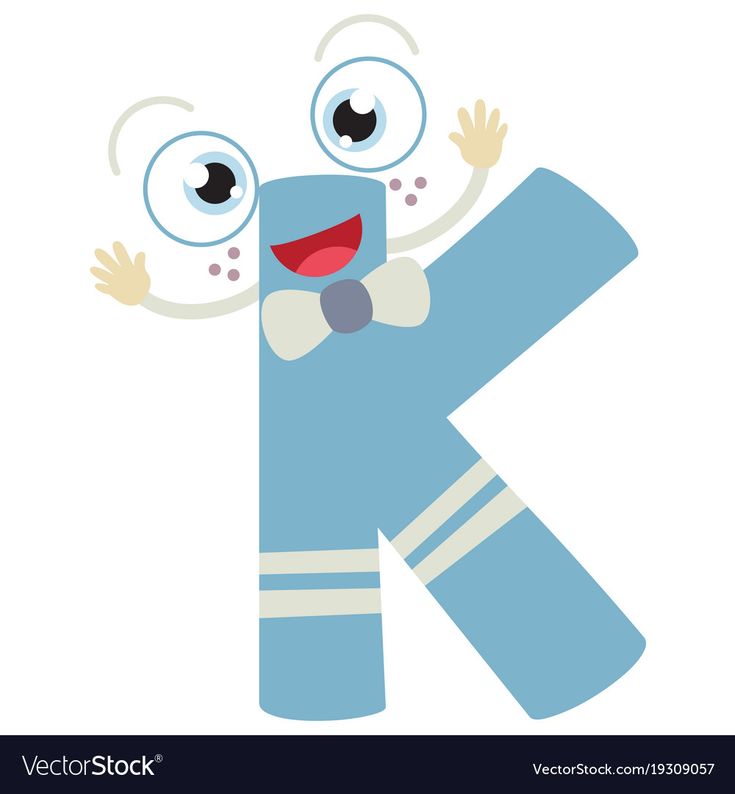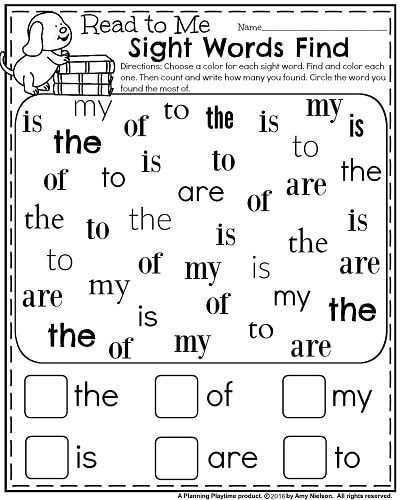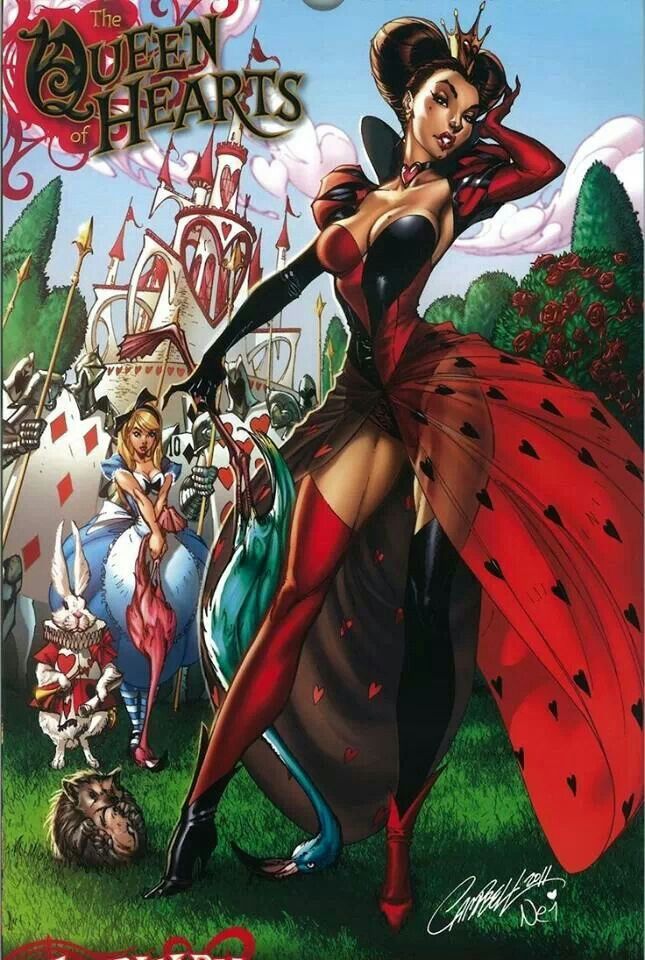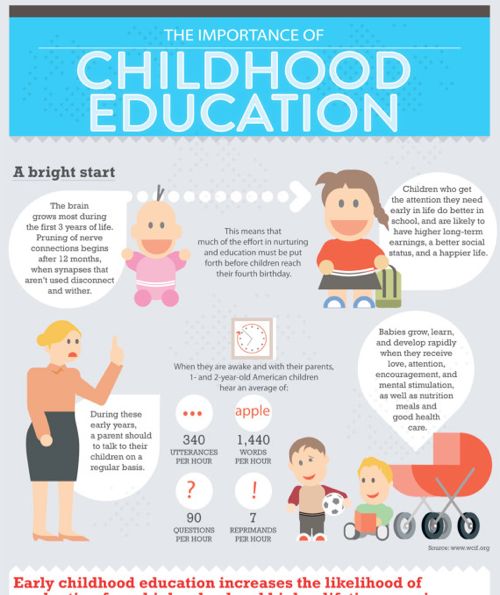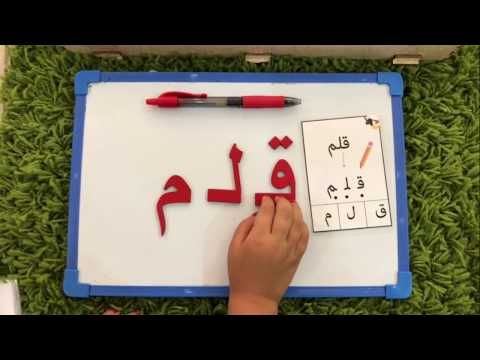Learning to read for preschoolers
How Most Children Learn to Read
By: Derry Koralek, Ray Collins
Between the ages of four and nine, your child will have to master some 100 phonics rules, learn to recognize 3,000 words with just a glance, and develop a comfortable reading speed approaching 100 words a minute. He must learn to combine words on the page with a half-dozen squiggles called punctuation into something – a voice or image in his mind that gives back meaning. (Paul Kropp, 1996)
Emerging literacy
Emerging literacy describes the gradual, ongoing process of learning to understand and use language that begins at birth and continues through the early childhood years (i.e., through age eight). During this period children first learn to use oral forms of language (listening and speaking) and then begin to explore and make sense of written forms (reading and writing).
Listening and speaking
Emerging literacy begins in infancy as a parent lifts a baby, looks into her eyes, and speaks softly to her. It's hard to believe that this casual, spontaneous activity is leading to the development of language skills. This pleasant interaction helps the baby learn about the give and take of conversation and the pleasures of communicating with other people.
Young children continue to develop listening and speaking skills as they communicate their needs and desires through sounds and gestures, babble to themselves and others, say their first words, and rapidly add new words to their spoken vocabularies. Most children who have been surrounded by language from birth are fluent speakers by age three, regardless of intelligence, and without conscious effort.
Each of the 6,000 languages in the world uses a different assortment of phonemes – the distinctive sounds used to form words. When adults hear another language, they may not notice the differences in phonemes not used in their own language. Babies are born with the ability to distinguish these differences. Their babbles include many more sounds than those used in their home language.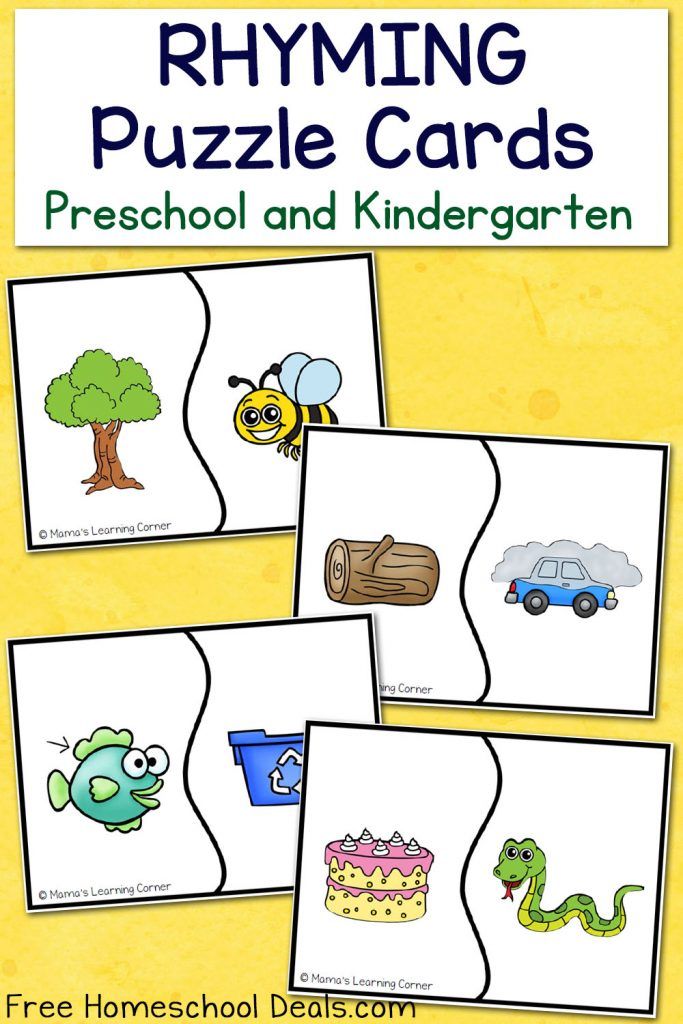 At about 6 to 10 months, babies begin to ignore the phonemes not used in their home language. They babble only the sounds made by the people who talk with them most often.
At about 6 to 10 months, babies begin to ignore the phonemes not used in their home language. They babble only the sounds made by the people who talk with them most often.
During their first year, babies hear speech as a series of distinct, but meaningless words. By age 1, most children begin linking words to meaning. They understand the names used to label familiar objects, body parts, animals, and people. Children at this stage simplify the process of learning these labels by making three basic assumptions:
- Labels (words) refer to a whole object, not parts or qualities (Flopsy is a beloved toy, not its head or color).
- Labels refer to classes of things rather than individual items (Doggie is the word for all four-legged animals).
- Anything that has a name can only have one name (for now, Daddy is Daddy, and not a man or Jake).
As children develop their language skills, they give up these assumptions and learn new words and meanings.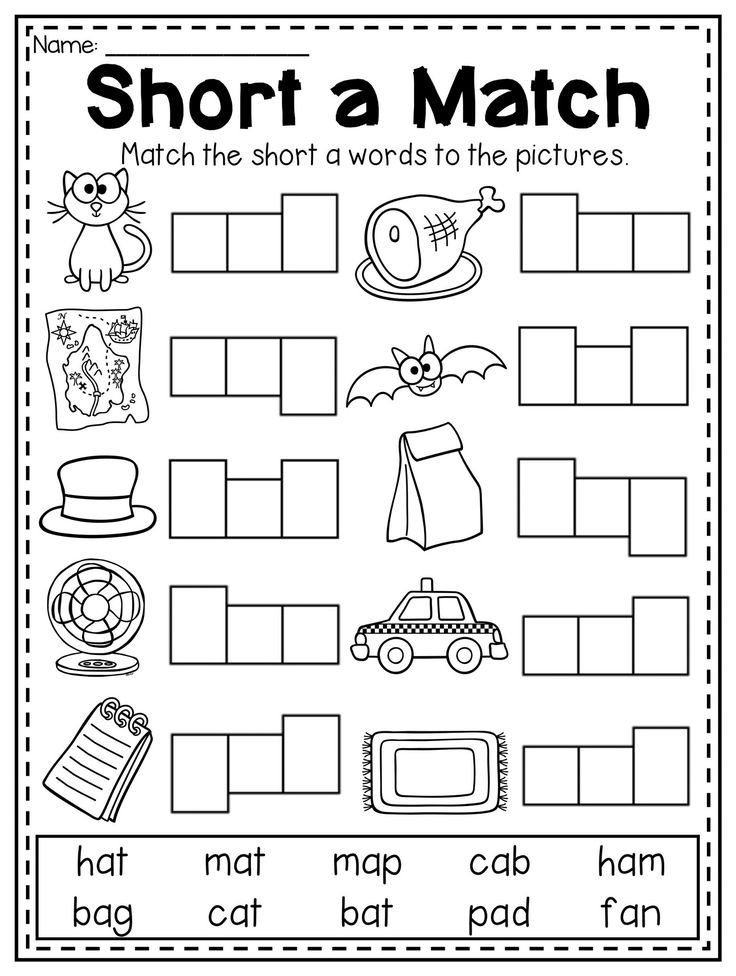 From this point on, children develop language skills rapidly. Here is a typical sequence:
From this point on, children develop language skills rapidly. Here is a typical sequence:
- At about 18 months, children add new words to their vocabulary at the astounding rate of one every 2 hours.
- By age 2, most children have 1 to 2,000 words and combine two words to form simple sentences such as: "Go out." "All gone."
- Between 24 to 30 months, children speak in longer sentences.
- From 30 to 36 months, children begin following the rules for expressing tense and number and use words such as some, would, and who.
Reading and writing
At the same time as they are gaining listening and speaking skills, young children are learning about reading and writing.
At home and in child care, Head Start, or school, they listen to favorite stories and retell them on their own, play with alphabet blocks, point out the logo on a sign for a favorite restaurant, draw pictures, scribble and write letters and words, and watch as adults read and write for pleasure and to get jobs done.
Young children make numerous language discoveries as they play, explore, and interact with others. Language skills are primary avenues for cognitive development because they allow children to talk about their experiences and discoveries. Children learn the words used to describe concepts such as up and down, and words that let them talk about past and future events.
Many play experiences support children's emerging literacy skills. Sorting, matching, classifying, and sequencing materials such as beads, a box of buttons, or a set of colored cubes, contribute to children's emerging literacy skills. Rolling playdough and doing fingerplays help children strengthen and improve the coordination of the small muscles in their hands and fingers. They use these muscles to control writing tools such as crayons, markers, and brushes.
As their language skills grow, young children tell stories, identify printed words such as their names, write their names on paintings and creations, and incorporate writing in their make-believe play.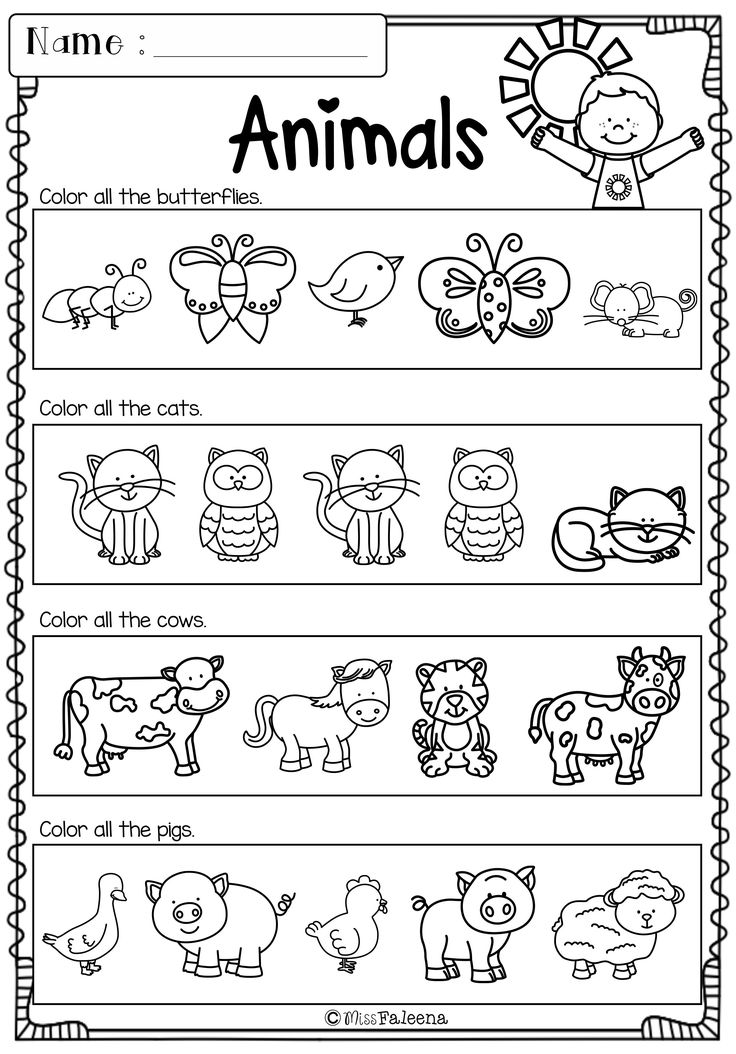 After listening to a story, they talk about the people, feelings, places, things, and events in the book and compare them to their own experiences.
After listening to a story, they talk about the people, feelings, places, things, and events in the book and compare them to their own experiences.
Reading and writing skills develop together. Children learn about writing by seeing how the print in their homes, classrooms, and communities provides information. They watch and learn as adults write – to make a list, correspond with a friend, or do a crossword puzzle. They also learn from doing their own writing.
The chart below offers examples of activities preschool and kindergarten children engage in, and describes how they are related to reading and writing.
What children might do | How it relates to reading and writing |
|---|---|
| Make a pattern with objects such as buttons, beads, small colored cubes. | By putting things in a certain order, children gain an understanding of sequence.  This will help them discover that the letters in words must go in a certain order. This will help them discover that the letters in words must go in a certain order. |
| Listen to a story, then talk with their families, teachers, or tutors and each other about the plot, characters, what might happen next, and what they liked about the book. | Children enjoy read-aloud sessions. They learn that books can introduce people, places, and ideas and describe familiar experiences. Listening and talking helps children build their vocabularies. They have fun while learning basic literacy concepts such as: print is spoken words that are written down, print carries meaning, and we read from left to right, from the top to the bottom of a page, and from the front to the back of a book. |
| Play a matching game such as concentration or picture bingo. | Seeing that some things are exactly the same leads children to the understanding that the letters in words must be written in the same order every time to carry meaning. |
Move to music while following directions such as, put your hands up, down, in front, in back, to the left, to the right.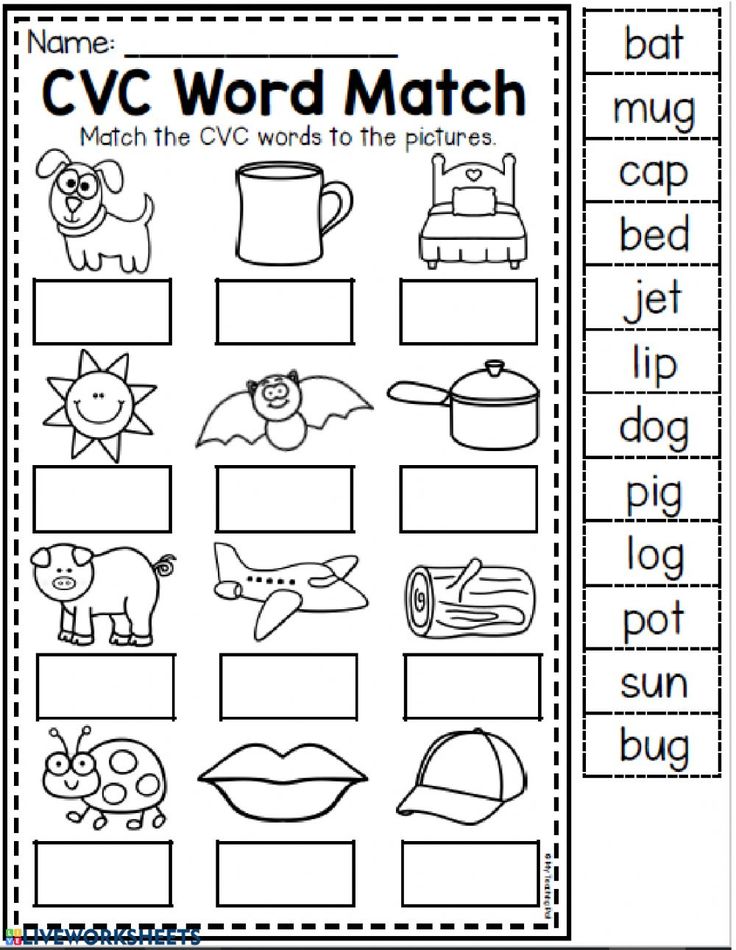 Now wiggle all over. Now wiggle all over. | Children gain an understanding of concepts such as up/down, front/back, and left/right, and add these words to their vocabularies. Understanding these concepts leads to knowledge of how words are read and written on a page. |
| Recite rhyming poems introduced by a parent, teacher, or tutor, and make up new rhymes on their own. | Children become aware of phonemes – the smallest units of sounds that make up words. This awareness leads to reading and writing success. |
| Make signs for a pretend grocery store. | Children practice using print to provide information – in this case, the price of different foods. |
| Retell a favorite story to another child or a stuffed animal. | Children gain confidence in their ability to learn to read. They practice telling the story in the order it was read to them – from the beginning to the middle to the end. |
Use invented spelling to write a grocery list at the same time as a parent is writing his or her own list.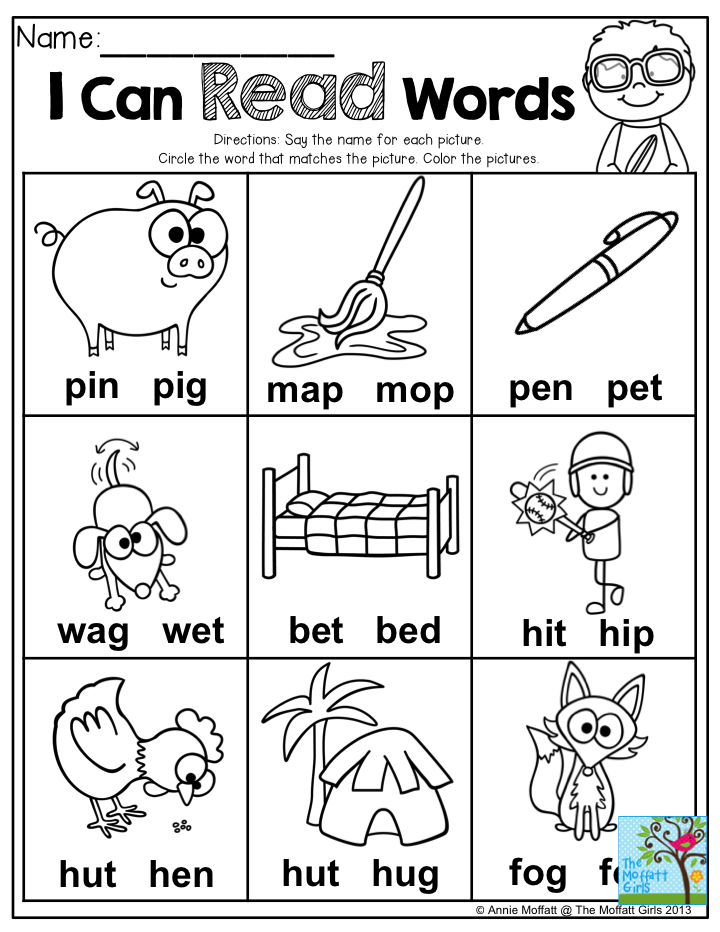 | Children use writing to share information with others. By watching an adult write, they are introduced to the conventions of writing. Using invented spelling encourages phonemic awareness. |
| Sign their names (with a scribble, a drawing, some of the letters, or "correctly") on an attendance chart, painting, or letter. | Children are learning that their names represent them and that other words represent objects, emotions, actions, and so on. They see that writing serves a purpose to let their teacher know they have arrived, to show others their art work, or to tell someone who sent a letter. |
Becoming readers and writers
By the time most children leave the preschool years and enter kindergarten, they have learned a lot about language. For five years, they have watched, listened to, and interacted with adults and other children. They have played, explored, and made discoveries at home and in child development settings such as Head Start and child care.
Kindergarten
Beginning or during kindergarten, most children have naturally developed language skills and knowledge. They…
Know print carries meaning by:
- Turning pages in a storybook to find out what happens next
- "writing" (scribbling or using invented spelling) to communicate a message
- Using the language and voice of stories when narrating their stories
- Dictating stories
Know what written language looks like by:
- Recognizing that words are combinations of letters
- Identifying specific letters in unfamiliar words
- Writing with "mock" letters or writing that includes features of real letters
Can identify and name letters of the alphabet by:
- Saying the alphabet
- Pointing out letters of the alphabet in their own names and in written texts
Know that letters are associated with sounds by:
- Finger pointing while reading or being read to
- Spelling words phonetically, relating letters to the sounds they hear in the word
Know the sounds that letters make by:
- Naming all the objects in a room that begin with the same letter
- Pointing to words in a text that begin with the same letter
- Picking out words that rhyme
- Trying to sound out new or unfamiliar words while reading out loud
- Representing words in writing by their first sound (e.
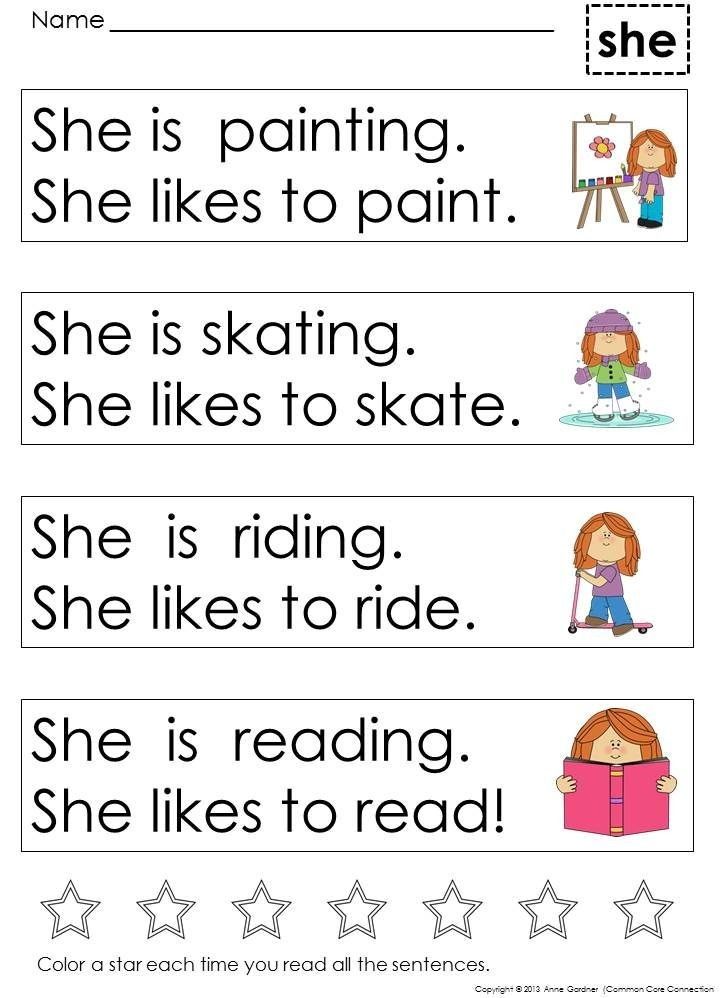 g., writing d to represent the word dog)
g., writing d to represent the word dog)
Know using words can serve various purposes by:
- Pointing to signs for specific places, such as a play area, a restaurant, or a store
- Writing for different purposes, such as writing a (pretend) grocery list, writing a thank-you letter, or writing a menu for play
Know how books work by:
- Holding the book right side up
- Turning pages one at a time
- Reading from left to right and top to bottom
- Beginning reading at the front and moving sequentially to the back
Because children have been learning language since birth, most are ready to move to the next step – mastering conventional reading and writing. To become effective readers and writers children need to:
- Recognize the written symbols letters and words used in reading and writing
- Write letters and form words by following conventional rules
- Use routine skills and thinking and reasoning abilities to create meaning while reading and writing
The written symbols we use to read and write are the 26 upper and lower case letters of the alphabet. The conventional rules governing how to write letters and form words include writing letters so they face in the correct direction, using upper and lower case versions, spelling words correctly, and putting spaces between words.
The conventional rules governing how to write letters and form words include writing letters so they face in the correct direction, using upper and lower case versions, spelling words correctly, and putting spaces between words.
Routine skills refer to the things readers do automatically, without stopping to think about what to do. We pause when we see a comma or period, recognize high-frequency sight words, and use what we already know to understand what we read. One of the critical routine skills is phonemic awareness – the ability to associate specific sounds with specific letters and letter combinations.
Research has shown that phonemic awareness is the best predictor of early reading skills. Phonemes, the smallest units of sounds, form syllables, and words are made up of syllables. Children who understand that spoken language is made up of discrete sounds – phonemes and syllables – find it easier to learn to read.
Many children develop phonemic awareness naturally, over time.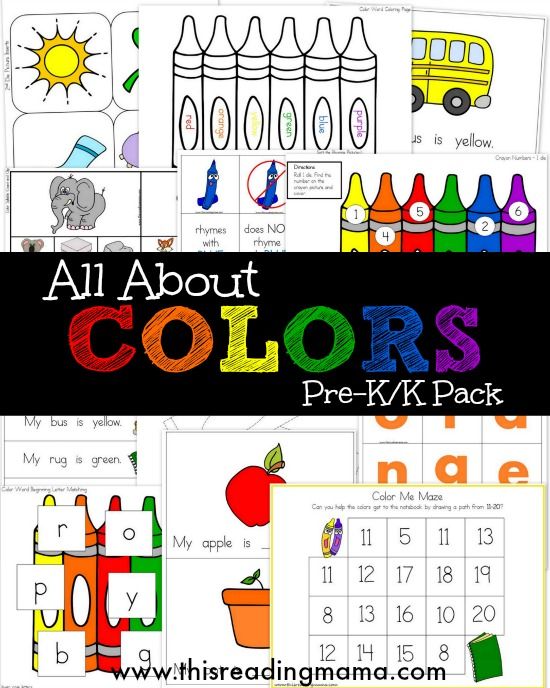 Simple activities such as frequent readings of familiar and favorite stories, poems, and rhymes can help children develop phonemic awareness. Other children may need to take part in activities designed to build this basic skill.
Simple activities such as frequent readings of familiar and favorite stories, poems, and rhymes can help children develop phonemic awareness. Other children may need to take part in activities designed to build this basic skill.
Thinking and reasoning abilities help children figure out how to read and write unfamiliar words. A child might use the meaning of a previous word or phrase, look at a familiar prefix or suffix, or recall how to pronounce a letter combination that appeared in another word.
First and second grades
By the time most children have completed the first and second grades, they have naturally developed the following language skills and knowledge. They…
Improve their comprehension while reading a variety of simple texts by:
- Thinking about what they already know
- Creating and changing mental pictures
- Making, confirming, and revising predictions
- Rereading when confused
Apply word-analysis skills while reading by:
- Using phonics and simple context clues to figure out unknown words
- Using word parts (e.
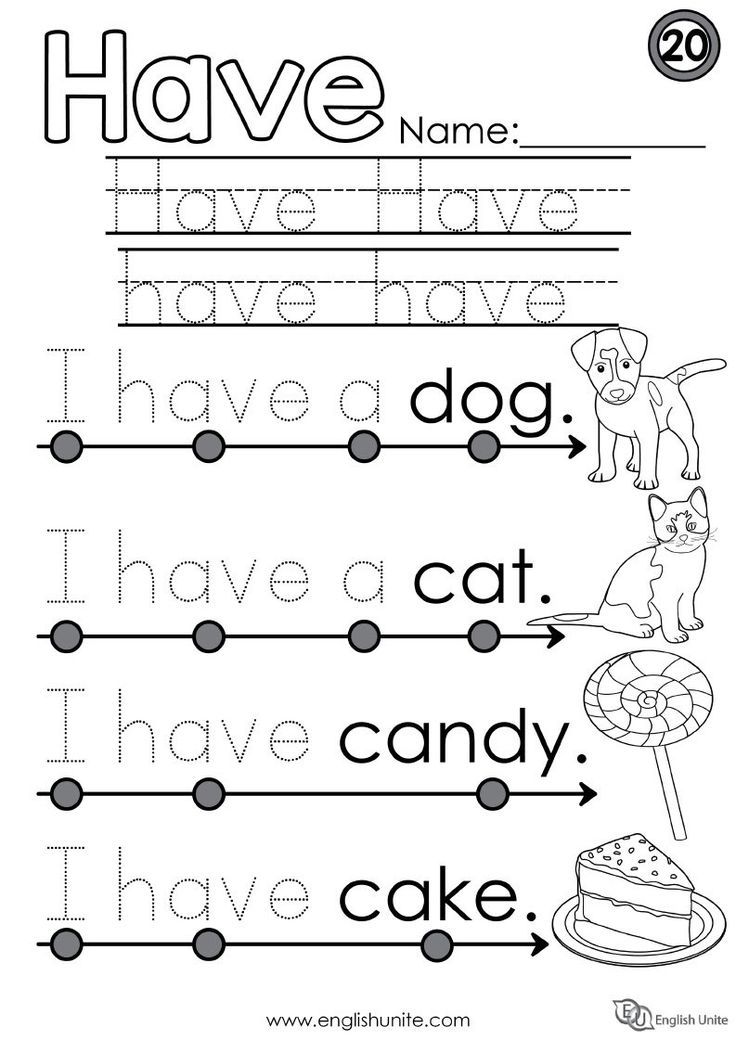 g., root words, prefixes, suffixes, similar words) to figure out unfamiliar words
g., root words, prefixes, suffixes, similar words) to figure out unfamiliar words
Understand elements of literature (e.g., author, main character, setting) by:
- Coming to a conclusion about events, characters, and settings in stories
- Comparing settings, characters, and events in different stories
- Explaining reasons for characters acting the way they do in stories
Understand the characteristics of various simple genres (e.g., fables, realistic fiction, folk tales, poetry, and humorous stories) by:
- Explaining the differences among simple genres
- Writing stories that contain the characteristics of a selected genre
Use correct and appropriate conventions of language when responding to written text by:
- Spelling common high-frequency words correctly
- Using capital letters, commas, and end punctuation correctly
- Writing legibly in print and/or cursive
- Using appropriate and varied word choice
- Using complete sentences
The chart below offers examples of activities children engage in and describes how they are related to reading and writing.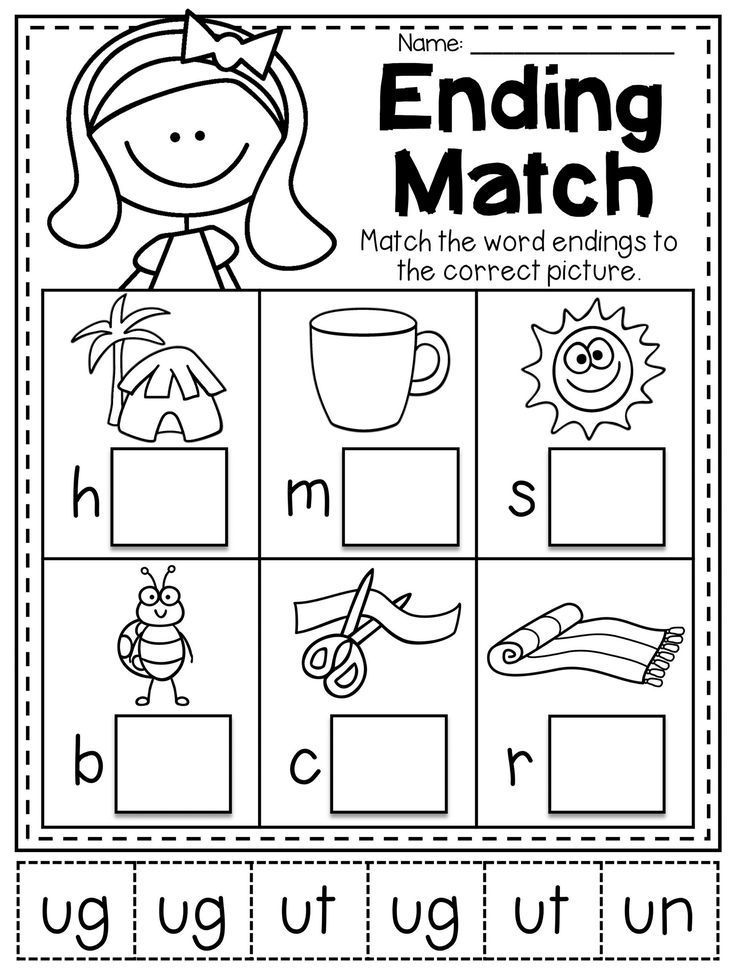
What children might do | How it relates to reading and writing |
|---|---|
| Discuss the rules for an upcoming field trip, watch their teacher write them on a large sheet of paper, and join in when she reads the rules aloud. | Children experience first-hand how different forms of language – listening, speaking, reading, and writing – are connected. They see language used for a purpose, in this case to prepare for their field trip. They see their words written down and hear them read aloud. |
| Look in a book to find the answer to a question. | Children know that print provides information. They use books as a resource to learn about the world. |
| Read and reread a book independently for several days after the teacher reads it aloud to the class. | Children read and reread the book because it's fun and rewarding. They can recall some of the words the teacher reads aloud and figure out others because they remember the sequence and meaning of the story. They can recall some of the words the teacher reads aloud and figure out others because they remember the sequence and meaning of the story. |
| Read some words easily without stopping to decode them. | Children gradually build a sight vocabulary that includes a majority of the words used most often in the English language. They can read these words automatically. |
| Read words they have never seen before. | Children use what they already know about letter combinations, root words, prefixes, suffixes, and clues in the pictures or story to figure out new words. |
| Use new words while talking and writing. | Children build their vocabularies by reading and talking, sharing ideas, discussing a question, listening to others talk, and exploring their interests. Using new words helps them fully understand the meaning of the words. |
Recognize their own spelling mistakes and ask for help to make corrections.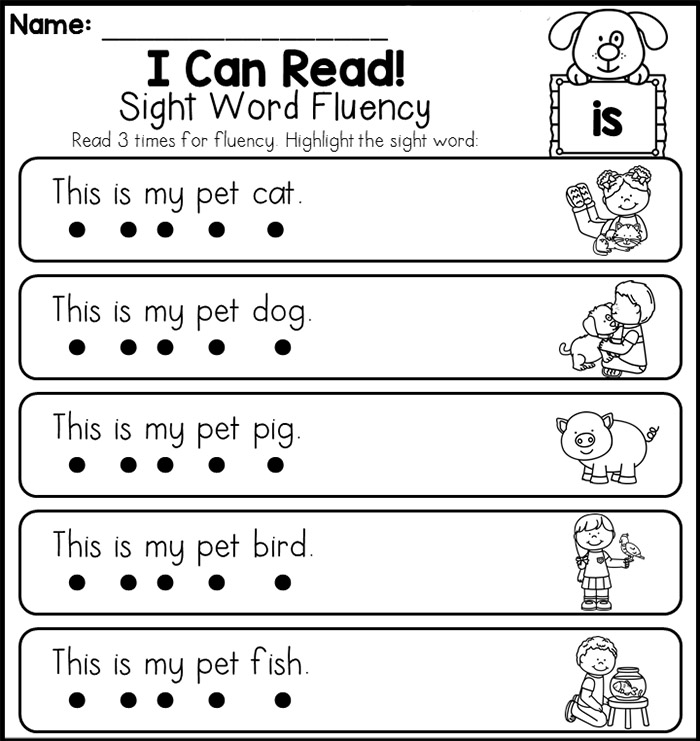 | Children understand that spelling is not just matching sounds with letters. They are learning the basic rules that govern spelling and the exceptions to the rules. |
| Ask questions about what they read. | Children understand that there is more to reading than pronouncing words correctly. They may ask questions to clarify what they have read or to learn more about the topic. |
| Choose to read during free time at home, at school, and in out-of-school programs. | Children learn to enjoy reading independently, particularly when they can read books of their own choosing. The more children read, the better readers they become. |
Key points about development
- Children develop in four, interrelated areas – cognitive and language, physical, social, and emotional.
- Most children follow the same sequence and pattern for development, but do so at their own pace.
- Language skills are closely tied to and affected by cognitive, social, and emotional development.
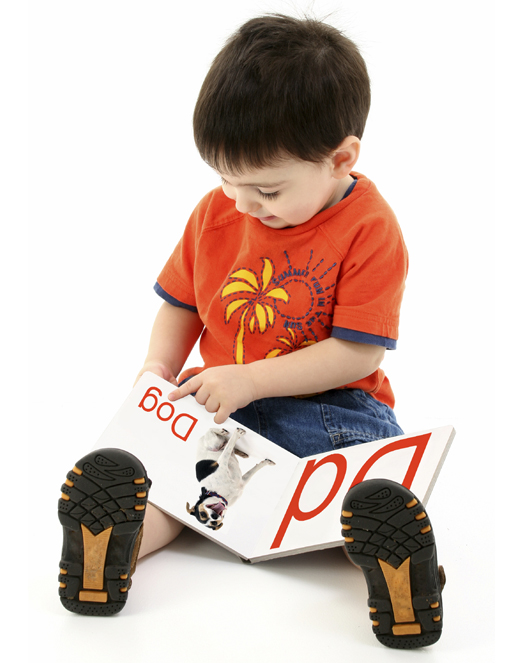
- Children first learn to listen and speak, then use these and other skills to learn to read and write.
- Children's experiences and interactions in the early years are critical to their brain development and overall learning.
- Emerging literacy is the gradual, ongoing process of learning to understand and use language.
- Children make numerous language discoveries as they play, explore, and interact with others.
- Children build on their language discoveries to become conventional readers and writers.
- Effective readers and writers recognize letters and words, follow writing rules, and create meaning from text.
- Successful programs to promote children's reading and literacy development should be based on an understanding of child development, recent research on brain development, and the natural ongoing process through which most young children acquire language skills and become readers and writers.
How To Teach A Child to Read In 10 Easy Steps
Teaching your child to read can be one of the most rewarding experiences of your life! Here we share 10 tips on how to teach a child to read, from pre-readers all the way to school-age children!
As a former first grade teacher, teaching children to read is one of my greatest passions! But because most children don’t start actually “reading” until around 6 years old (which is upwards of the targeted age range for my blog), I didn’t want parents to feel pressured that their 3-year old needs to start reading (which, by the way, they don’t!).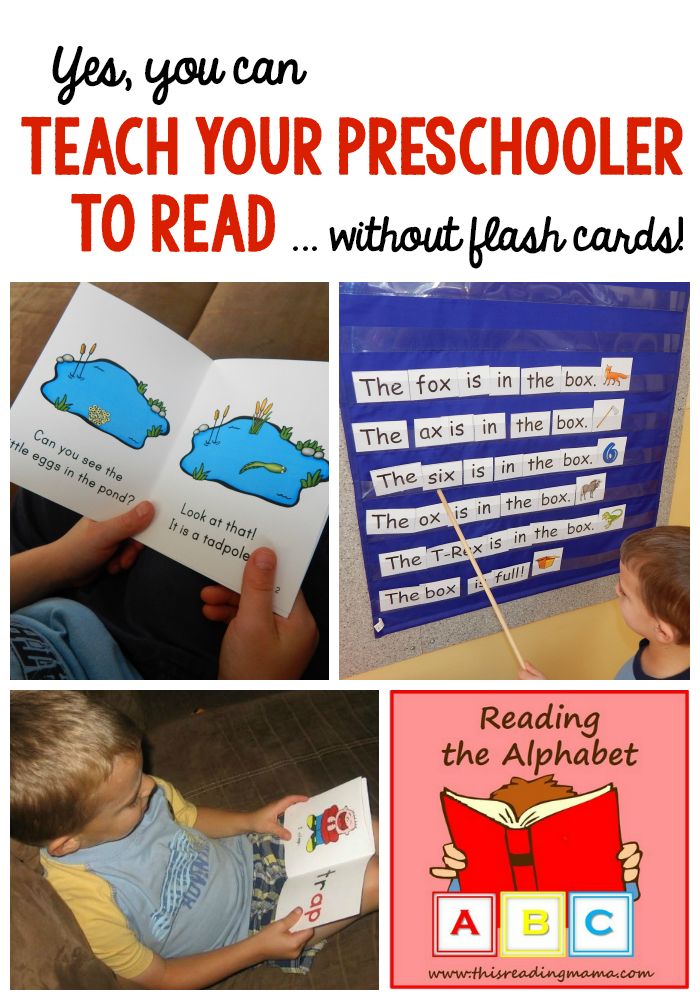 However, the information shared below is general information that is beneficial for children of all ages, whether your child is ready to read or not. Don’t implement all of these strategies at once, nor should you expect your child to be able to do everything right away. Learning to read is a process and the information below is simply for you to implement when you feel your child is ready.
However, the information shared below is general information that is beneficial for children of all ages, whether your child is ready to read or not. Don’t implement all of these strategies at once, nor should you expect your child to be able to do everything right away. Learning to read is a process and the information below is simply for you to implement when you feel your child is ready.
Once your child is ready to begin reading, you will need to find a systematic and explicit program that teaches phonemic awareness and phonics. This is essential. Learning to read is like breaking a cipher code (and contrary to what the title of this post suggests, it is NOT easy). Every child must learn the code and it makes the most sense to teach this explicitly rather than depending on kids figuring it out on their own. Please also recognize that although the suggestions below are labeled as “steps”, they are not necessarily in consecutive order, nor are they in order of importance.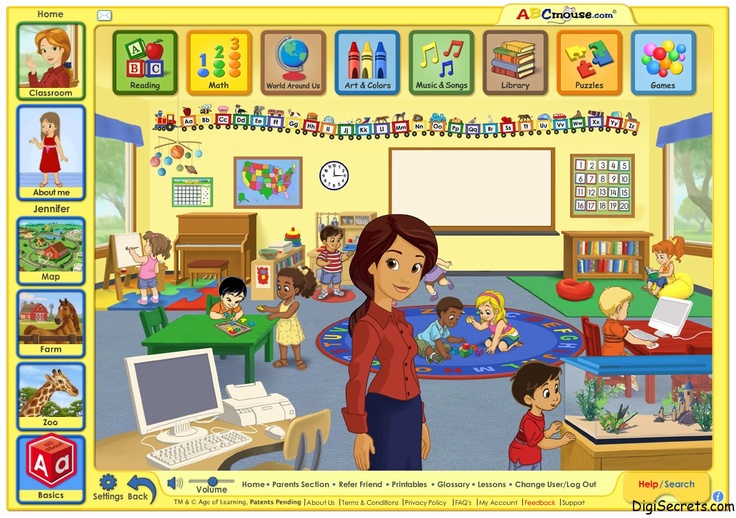 The information you will find here is simply a guide to help you see how each of the components of reading fit together for your pre-reader. If your child is school-aged and you are looking for a curriculum on how to teach a child to read, I highly recommend Pathways to Reading Homeschool.
The information you will find here is simply a guide to help you see how each of the components of reading fit together for your pre-reader. If your child is school-aged and you are looking for a curriculum on how to teach a child to read, I highly recommend Pathways to Reading Homeschool.
How To Teach a Child To Read
1. Read Aloud to your childTeaching your child to read is truly a process that begins at infancy. No, I am most certainly NOT advocating programs that claim to teach your baby to read using flashcards! What I AM encouraging you to do is to begin reading with your newborn within days of welcoming her home! Not only is ongoing reading time building a special bonding time for the two of you, it instills in her a love for books. Enjoyment while reading is one of the single greatest predictors of reading success in school-age children. If children don’t learn from an early age to enjoy reading, it will most likely hinder their ability sometime down the road.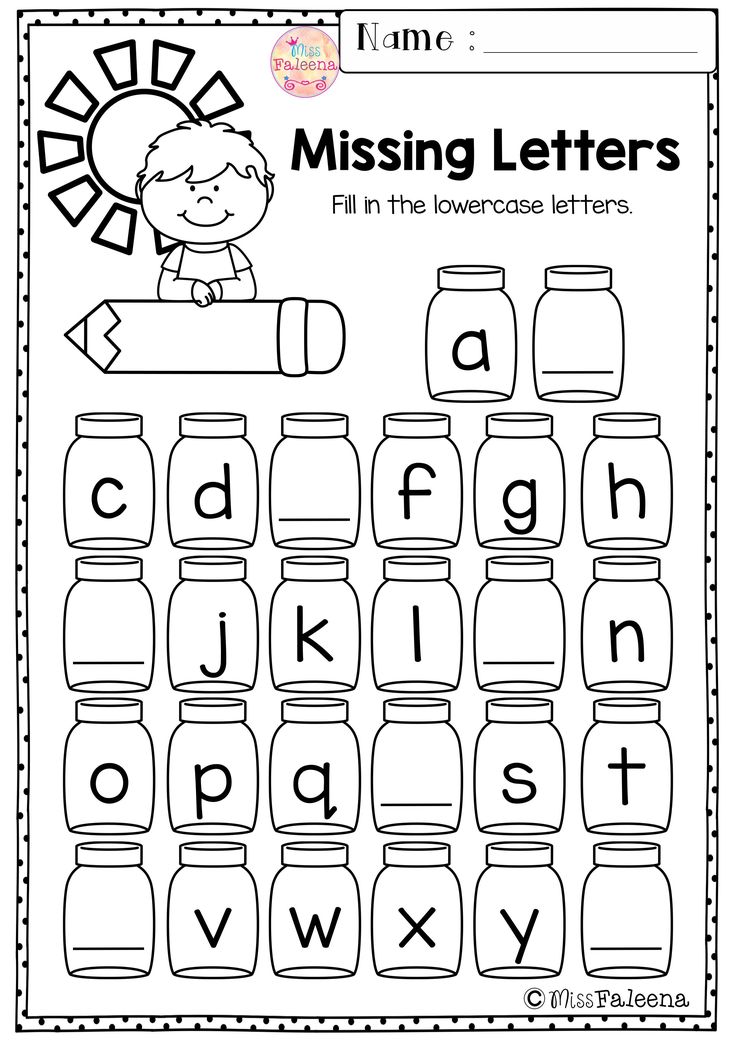
How much you read to your child is completely up to you and your family, but I suggest you aim to read at least 3-4 books a day, even while your child is very young. As she gets a little older and can sit for longer stretches of time, make it a family goal to read together for at least 20-minutes each day.
Here are a few suggestions for the types of books to read to your child. But by all means, read whatever your child responds to and enjoys!
- Birth-1 Year: Lullabies, Board Books (with real pictures), Cloth Books (with various textures), Song Books
- 1 Year-3 Years: Rhyming Books, Song Books, Short-Story Board Books
- 3 Years-5 Years: Alphabet Books, Song Books, Picture Books, Rhyming Books
2. Ask questions
Asking questions while reading to your child is not only great for encouraging your child to interact with the book, but it is also extremely effective in developing his ability to comprehend what he is reading.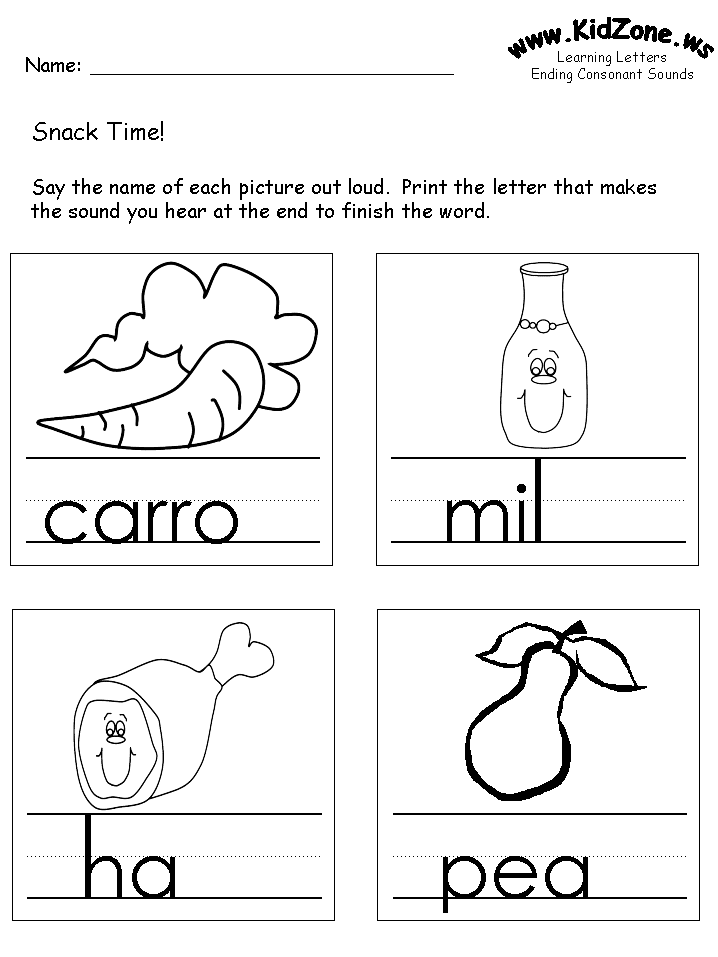 You see, if our main objective in “reading” is getting our child to “sound out” words, we have missed the boat entirely. Even children who can decode words and “read” with great fluency still might not be able to comprehend what they are reading. If a child can’t comprehend what he is reading, there really is no point to reading at all!
You see, if our main objective in “reading” is getting our child to “sound out” words, we have missed the boat entirely. Even children who can decode words and “read” with great fluency still might not be able to comprehend what they are reading. If a child can’t comprehend what he is reading, there really is no point to reading at all!
While your child is a baby, ask him questions such as, “Do you see the cat?” while pointing at the picture of the cat. This will not only develop his vocabulary, it will also encourage him to interact with the book that he is reading. As he gets older, ask him to point to things in the book himself and make the noises of the animals he sees.
Once your child is about 2 or 3-years of age, begin asking questions before, during, and after reading the book. Show your child the cover of the book and ask him what he thinks the story is going to be about (predicting). While reading, ask him what he thinks is going to happen in the story or why he thinks a character made a particular choice (inferring).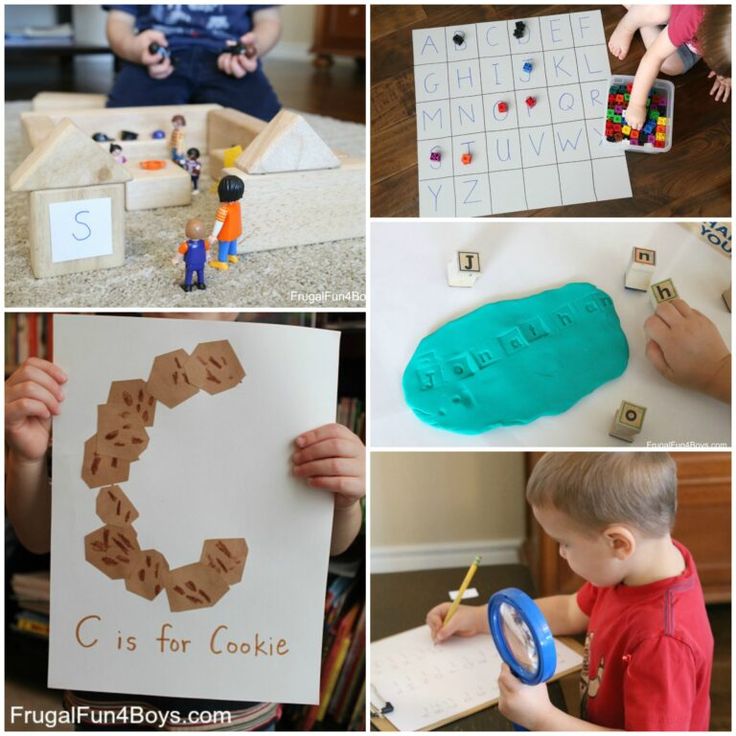 If a character is depicting a strong emotion, identify that emotion and ask your child if he has ever felt that way (connecting). At the end of the book, ask if his prediction(s) came true. Afterwards, ask him to tell you what he remembered happening in the book (summarizing).
If a character is depicting a strong emotion, identify that emotion and ask your child if he has ever felt that way (connecting). At the end of the book, ask if his prediction(s) came true. Afterwards, ask him to tell you what he remembered happening in the book (summarizing).
Modifying each of these techniques during read-alouds to meet the developmental stage of your child is a great way to promote and increase reading comprehension!
3. Be a good (reading) example
Even if your child is fascinated with books from an early age, her fascination will quickly dwindle if she does not see reading modeled in her home. If you are not an avid reader yourself, make a conscious effort to let your children see you reading for at least a few minutes each day! Read a magazine, a cookbook, a novel, your Bible…it’s up to you! But show your child that reading is something that even adults need to do. If you have a son, share this article with your husband. Sons need to see their fathers read, especially since it is not something that young energetic boys are naturally prone to doing.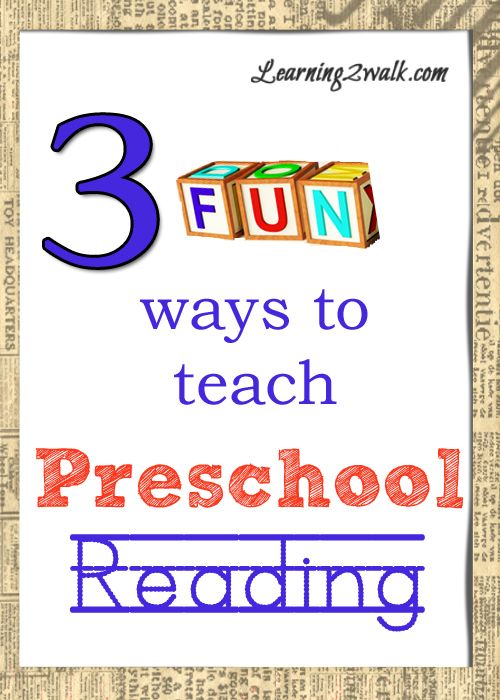
As parents, we can sometimes get wrapped up with what exactly our children should be doing to be successful. But we often forget that children often learn by example. Grab a book and take a load off…for your child’s sake, of course!
4. Identify letters in natural settingsBefore our boys were born, we painted and hung large wooden letters spelling their name above the cribs as a decorative accent in their rooms. I would have never guessed that those wooden letters would have such a learning incentive for Big Brother! Around age 2.5, he began asking what letters were above his name. That’s honestly how he learned to spell his name…and he can spell his brother’s name too because he has taken an interest in his letters as well. In technical terms, this is called “environmental print” and includes all of the print we are surrounded by–fast food signs, labels, traffic signs, clothing, magazines, etc.
Often times, we want to force our children to learn letter names by a certain age. We buy flashcards or DVDs claiming to teach our children their letters. We drill our 2-year old over and over for minutes on end. Don’t buy into this…allow your kid to be a kid and take advantage of the “teachable moments” as they come along! Children’s minds are like sponges and are certainly capable of memorizing the alphabet from drilling, but that’s not the most effective method that will produce the best long-term results. Your child will be curious about the print he sees around him and will ask questions. That’s your chance to jump in with a practical application that actually has real meaning and significance to your child.
We buy flashcards or DVDs claiming to teach our children their letters. We drill our 2-year old over and over for minutes on end. Don’t buy into this…allow your kid to be a kid and take advantage of the “teachable moments” as they come along! Children’s minds are like sponges and are certainly capable of memorizing the alphabet from drilling, but that’s not the most effective method that will produce the best long-term results. Your child will be curious about the print he sees around him and will ask questions. That’s your chance to jump in with a practical application that actually has real meaning and significance to your child.
Don’t misunderstand me and think that I don’t think learning the alphabet is important. It is certainly important…but the method in which we teach them is even more important! Always keep in mind that our ultimate goal is to foster a lifelong learner who loves to read, not a child who has simply memorized without any significance.
5. Incorporate multiple domains of development
Children learn best when multiple senses or areas of development are included. That’s why hands-on learning produces longer retention and more meaningful application. Once your child has shown an interest in letters and you have already begun to utilize natural settings for identifying those letters, begin implementing activities that incorporate as many senses as possible. Keep in mind that learning letter names isn’t nearly as important as learning their sounds!
There are a plethora of ways to incorporate multiple domains of development in regards to letter recognition and early-reading skills. Alphabet crafts allow your child to learn the shape of a letter along with an association of the sound it makes all the while utilizing fine motor skills in the process of cutting, gluing, and creating! Playing games that involve gross motor skills (like tossing beanbags on the appropriate letter) are also wonderful ways to include movement. Of course, every child loves songs and rhymes! Take an inventory of your child’s strengths and areas of interest and target activities to fit them!
Of course, every child loves songs and rhymes! Take an inventory of your child’s strengths and areas of interest and target activities to fit them!
Once your child is around 5 and can recognize the difference between real and make-believe, I would suggest starting to help your child understand various genres of books during your reading time together. This might seem complicated, but it’s really not. There are around 5 different genres of children’s books that I would encourage you to point out to your little one. Of course you can use the term “type” rather than “genre” if that is easier to remember.
- Nonfiction (real stories or facts about animals, places, people, etc)
- Fantasy (make-believe, can’t happen in real life because of magic, talking animals, etc)
- Realistic Fiction (a made-up story, but it could technically happen in real life because the characters and situations arebelievable)
- Alphabet Books
- Song Books
When children classify a book into a certain genre, they have to first summarize the book in their head and recall details. Then they have to use that information to decide which type of genre that particular books fits into. Finally, your child will be recalling details from other books in the same genre, making connections between the two. This simple activity that might take 5-10 seconds of your time after reading a book but it certainly packs a punch of thought and processing in that young brain!
Then they have to use that information to decide which type of genre that particular books fits into. Finally, your child will be recalling details from other books in the same genre, making connections between the two. This simple activity that might take 5-10 seconds of your time after reading a book but it certainly packs a punch of thought and processing in that young brain!
Also, it’s important to note that not all books will fit into one of these genres, especially books that are considered “phonics readers.” I would suggest that you do this exercise only with high-quality children’s literature, not with books that are attempting to get your child to “sound-out” on their own. Most picture books found in children’s libraries will fit into one of these genres.
Remember, our goal is for our children to learn to comprehend what they’re reading…otherwise reading will honestly do them little good. When we encourage our children to think about and process the book we’ve just read together, we are inadvertently modeling what we hope they’ll one day do independently!
7.
 Focus on Phonemic Awareness and Phonics
Focus on Phonemic Awareness and Phonics“Phonemes” are the smallest sounds in the English language (go here for a complete list of phonemes). These sounds are made up of consonants, short vowels, long vowels, and digraphs. “Phonemic Awareness” consists of learning those sounds and how to manipulate them within a word. Digraphs are unique sounds comprised of individual letters like /th/, /sh/, /ch/, etc.
“Phonics” includes learning how to spell those sounds and the various rules that the English language follows. Learning the rules of phonics is an essential tool that helps a child learn to decode and spell. I used the Pathways To Reading program in the classroom as my phonemic awareness and phonics program and loved it! It made learning all of the tricky spellings so much fun! Pathways now has a homeschool version, which is amazing!
9. Decoding
Decoding is often referred to as “sounding it out.” Once your child knows the sounds each letter makes (which is taught in real, meaningful situations), she is ready to begin putting words together.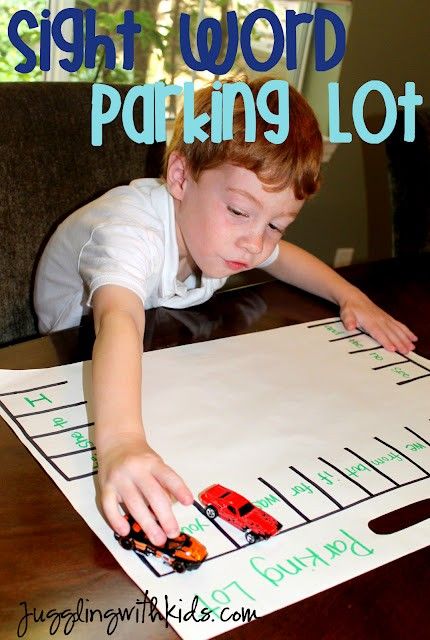 Decoding is a process that requires strong phonemic awareness skills and gives way to orthographic mapping, the process by which words are stored as “sight words” in long-term memory.
Decoding is a process that requires strong phonemic awareness skills and gives way to orthographic mapping, the process by which words are stored as “sight words” in long-term memory.
As children decode words with more frequency, they will become more proficient at automatically identifying that word. Researchers say it can take between 1-4 exposures of decoding before a word is transferred to long-term memory for automatic retrieval. Sometimes this task is tedious, and can’t be short-changed, so it’s important to find creative ways to make it fun. When I taught first grade, I used to buy little finger puppets that my students could use to point to the letters as they were decoding. This was a huge hit and made this process so much fun!
| Find these finger puppets and more at Oriental Trading |
10. Use a reading program with explicit, systematic instruction once he/she is in kindergarten and beyond
Most of the skills up to this point are what I would consider “pre-reader” skills that we, as parents, can work on during our child’s earliest years to make the process of learning to read much easier for our children.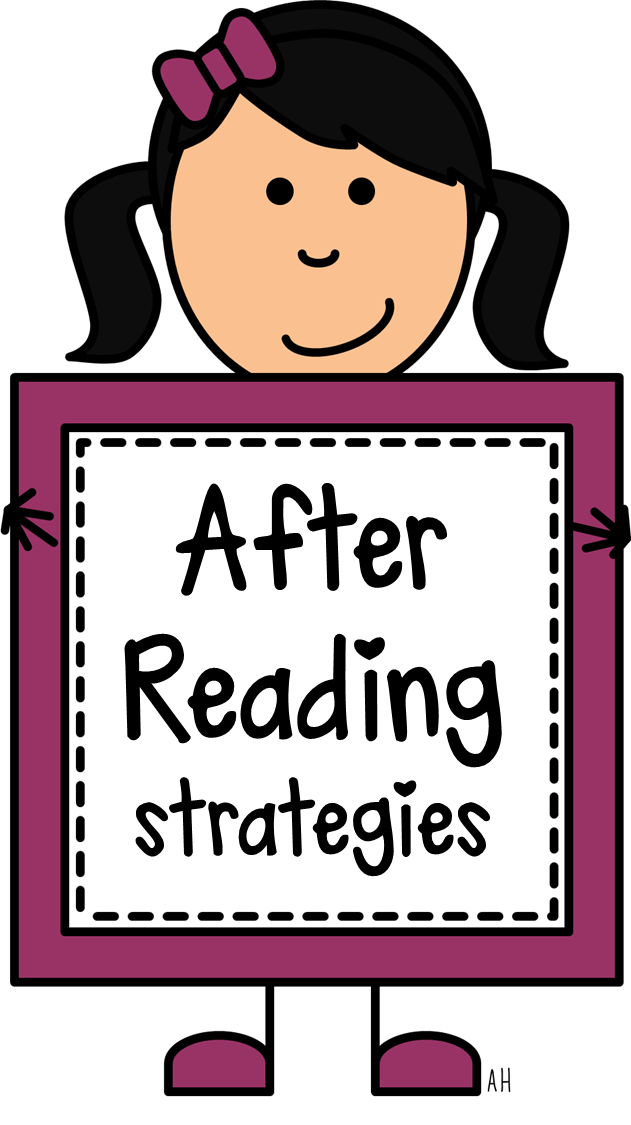 Once your child reaches school-age, be sure that you are using a program rooted in the science of reading, with explicit and systematic instruction in both phonemic awareness and phonics. If your child is headed to school, ask to look over the curriculum to ensure it is strong in these areas specifically. Some children will naturally learn the phonetic code more easily than others, as Nancy Young’s Reading Ladder suggests, but ALL children benefit from early code-based instruction.
Once your child reaches school-age, be sure that you are using a program rooted in the science of reading, with explicit and systematic instruction in both phonemic awareness and phonics. If your child is headed to school, ask to look over the curriculum to ensure it is strong in these areas specifically. Some children will naturally learn the phonetic code more easily than others, as Nancy Young’s Reading Ladder suggests, but ALL children benefit from early code-based instruction.
There is no better foundational reading program, in my opinion, than Pathways to Reading. The original curriculum has been used in classrooms and clinical settings for the last 20 years. The program has been involved in numerous research studies, showing statistically significant results. Pathways to Reading Homeschool now offers their groundbreaking curriculum for home educators, starting with Basic Foundational Reading (which is the equivalent of kindergarten-age instruction). All 5 areas of reading instruction, as identified by the National Reading Panel, are incorporated: Phonemic Awareness, Phonics, Vocabulary, Fluency, and Reading Comprehension. This is such an incredible resource for families and I can’t recommend it highly enough!
All 5 areas of reading instruction, as identified by the National Reading Panel, are incorporated: Phonemic Awareness, Phonics, Vocabulary, Fluency, and Reading Comprehension. This is such an incredible resource for families and I can’t recommend it highly enough!
Learning To Read is a Journey
In summary, here are some practical suggestions you can implement every day based on the learning to read strategies shared with you in this post. Obviously, you can’t implement all of these suggestions with children of all ages, so use your judgement about what is the best way to teach a child to read.
- Read to your child every day!
- Ask your child questions before, during, and after reading.
- Let your child see you reading.
- Look for letters while out and about and in the environment around you.
- When teaching letters and letter sounds, incorporate as many senses as possible.
- Read a variety of books and make a game out of guessing the genre.
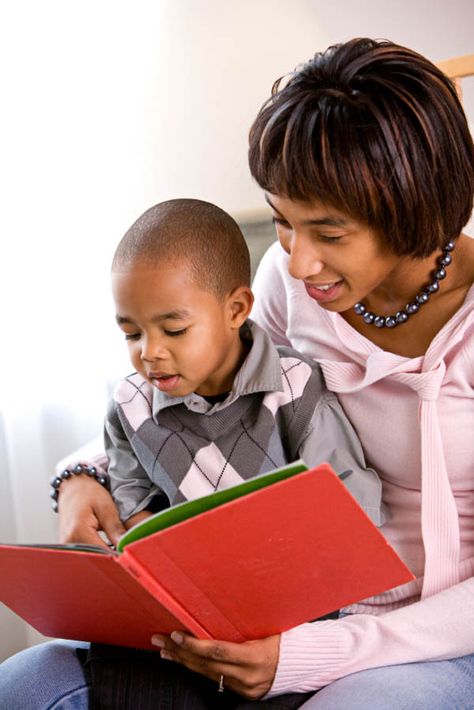
- Have fun rhyming
- Play these oral phonemic awareness games together (no materials required)
- Encourage your child to sound out short words (consonant, vowel, consonant).
- Most of all, have fun together!
Teaching children to read
Every parent thinks about the importance and role of reading in the life of their children, who cares about their harmonious, correct and holistic development. But if in some families it’s enough for moms and dads to simply send their child to a kindergarten or school, shifting, but it doesn’t sound loudly, the responsibility on the shoulders of educators and teachers, then in others, caring parents prefer to work with kids on their own.
The information from this course is intended specifically for people of the second category, because those who belong to the first category are unlikely to search the Internet for relevant information.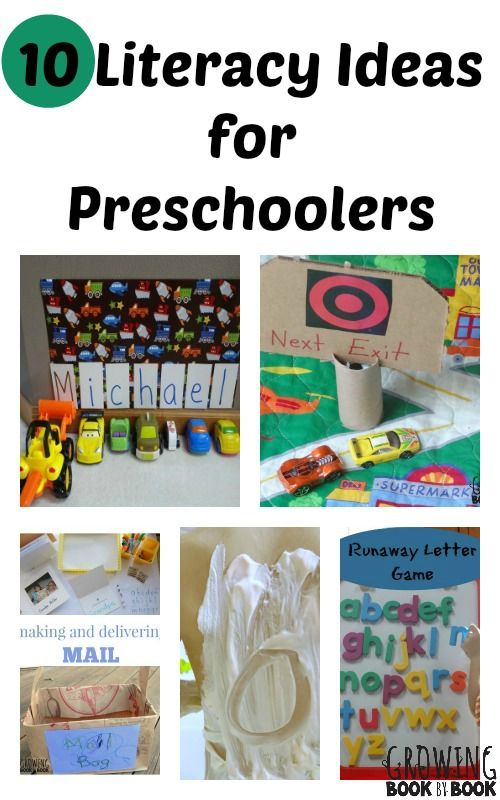 But let's continue.
But let's continue.
Despite the great desire to teach your precious child to read as soon as possible, this process should be approached with maximum attention and caution, because there are subtleties and nuances that simply cannot be ignored. The fact is that contrary to popular belief that the sooner you start learning the basics of reading with your child, the better, many specialists (neurologists, child psychologists, etc.) are convinced that this can lead to negative consequences in the future. For example, early learning to read with the accompanying premature stress on the visual apparatus often causes myopia and other vision problems.
Thus, it is very important to know at least the basic features of the formation of the child's body, when to start teaching children to read and how their readiness for this process is determined, as well as to adhere to the basic relevant rules. These fundamental questions will be considered by us in the first lesson.
Contents:
- How a child is formed.
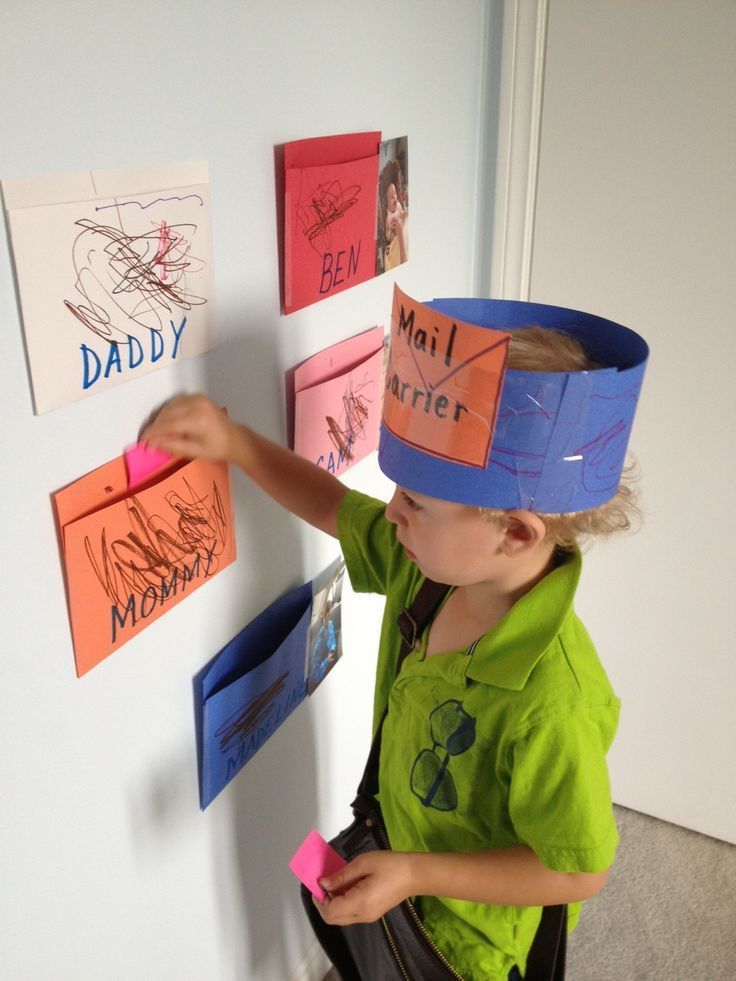 General information
General information - When can I start teaching my child to read
- A few words about the correct teaching of reading
- Basic rules for teaching a child to read
- A few additional recommendations
- Reading quotes from famous people
How a child is formed. General information
Here, as it should be understood, we will present only general information, because it will be sufficient.
So, starting from the early stages of pregnancy and ending with the age of three, the first functional block of the baby's brain is formed, which is responsible for his bodily, cognitive and emotional perception.
From three to five or eight years of age, the formation of the second functional block of the brain takes place, which controls the five senses - touch, taste, smell, hearing and vision.
It should be borne in mind that the formation of the functional blocks of the brain is a sequential process. Any attempt by a parent to “skip” any stage negatively affects the development of the child, which is inherent in nature, because. unnatural "adjustments" are made to it. The insidiousness of the consequences lies in the fact that, quite likely, they will not affect immediately, but after years. Subsequently, an already matured child may have problems that are expressed not only in speech disorders, neuroses, motor failures, etc., but also in difficulties in relationships with people around them.
unnatural "adjustments" are made to it. The insidiousness of the consequences lies in the fact that, quite likely, they will not affect immediately, but after years. Subsequently, an already matured child may have problems that are expressed not only in speech disorders, neuroses, motor failures, etc., but also in difficulties in relationships with people around them.
Based on this, it is necessary to start teaching a child to read at a certain time.
When to start teaching a child to read
There are several opinions on when to start teaching a child to read. Some experts believe that it is possible to start certain work, for example, showing Doman cards (we will talk about them and other methods in the second lesson), already after the baby reaches six months of age, while others believe that it is best to start at 3-4 years old , and from the primer. However, all teachers agree on one thing: no teaching of reading is completely unacceptable and impossible until the child has mastered speech skills. If, somewhere around the age of 3-4, the baby begins to take an active interest in books, it is not only possible, but also necessary, to start learning to read.
If, somewhere around the age of 3-4, the baby begins to take an active interest in books, it is not only possible, but also necessary, to start learning to read.
It is also worth noting that if you show restlessness and indifference to printed materials before learning, you should understand how to arouse the child's interest in reading. We will touch on this issue in more detail in a separate lesson, but nevertheless we will say that an incredible selection of books will help parents solve this problem, which, in addition to brightness and colorfulness, have many moving elements and even sound accompaniment. Thanks to this, reading becomes not only an interesting activity for children, but also an exciting game. At the initial stage, any book serves not so much as a source of knowledge, but as a way to get involved in the very process of reading.
Continuing the conversation about the readiness of the child to read, it can be determined by several signs:
- Firstly, the baby has already formed speech, and he is able to pronounce words and sentences, as well as compose at least small coherent stories
- Secondly, the child has no speech therapy disorders, and this applies to both incorrect pronunciation and violations of melody and tempo and rhythm of speech
- Thirdly, the baby is able to navigate normally in space, and does not confuse the concepts of “right”, “left”, “down” and “up”
- Fourthly, the child has a sufficiently developed phonemic hearing, i.
 it can easily recognize sounds in different parts of words
it can easily recognize sounds in different parts of words
If there are problems with any of the above, you should take up their elimination - take some time to work out the difficult moments, visit a speech therapist, neuropathologist, etc. If everything is in order (or after fixing the problems), you can proceed to learning to read.
A few words about the correct teaching of reading
The presented question worries, perhaps, every parent. And the first answer to it will be the traditional method, which boils down to daily monotonous reading of the primer. But this option is not very effective, because almost always the child gets bored, he quickly gets tired and tired. Plus, he does not learn to read thoughtfully at all. Of course, the baby will learn some skills and knowledge, but it is a stretch to call it a good way of sensory-emotional development, knowledge of the world around him and his place in it. In order for the process to become exciting and creative, so that it arouses interest in the child, so that the reading skill is mastered effectively, you need to use other methods (we devoted separate lessons of our course to such methods, and for now we will not focus on them).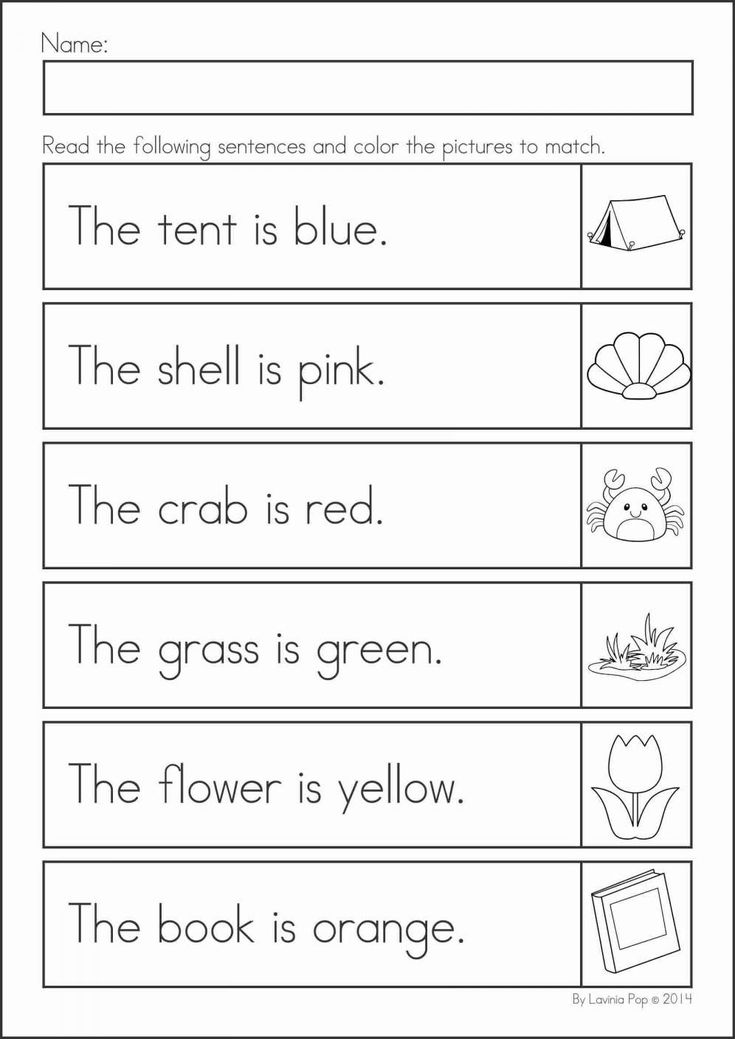
Before you start learning to read and apply any methods, it is imperative to learn the basic rules that you should rely on in your work. They can be called the basis of the whole process. Although slight deviations are allowed, it is still recommended to adhere to all the rules, otherwise the reading skill will be mastered by the child less effectively, which in no case should be allowed.
Basic Rules for Teaching Your Child to Read
So, if you want to help your child learn such an important skill as reading, follow these rules:
1
Do not force
Remember that you cannot force a child to read, and any such strategy is wrong, wrong and ineffective in advance. To make the child want to read and begin to show interest in books, just surround him with them. So, you can arrange books around the house - on shelves, tables and other easily accessible places. In addition, you yourself need to pick up books and read something interesting to your son or daughter.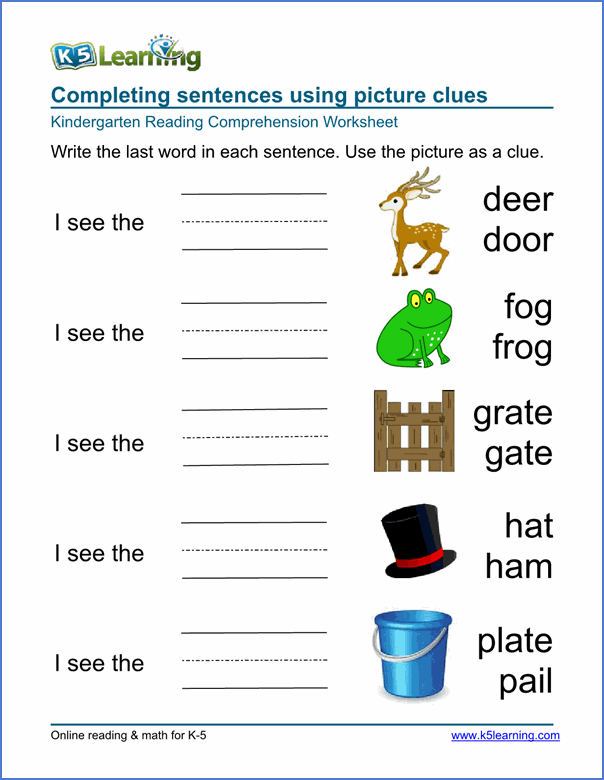 You also need to read for yourself so that the child can see you with a book. Given that children strive to be like their moms and dads, your child will most likely ask what you are doing, or pick up a book himself.
You also need to read for yourself so that the child can see you with a book. Given that children strive to be like their moms and dads, your child will most likely ask what you are doing, or pick up a book himself.
2
First the sounds, then the letters
Many parents make a big mistake by first explaining the pronunciation of the letters to the baby, and only then the sounds. It is necessary to do the opposite: first of all, it is important to tell what sound this or that letter in the word has, and only then - how it is pronounced by itself. Those. initially explain that the letter "er" in the word sounds like "r", "en" - like "n", "em" - like "m", etc. And after that, teach that “er” is “er”, “en” is “en”, “em” is “em”, etc.
3
Learn not letters, but syllables
It must be understood that syllables, and in some cases even whole words, are assimilated by children much better than many single boring letters. Therefore, the letters must be shown in whole words. As an auxiliary material, you can use specially printed cards with syllables, with the help of which it is convenient to teach the baby to read by syllables and make words.
As an auxiliary material, you can use specially printed cards with syllables, with the help of which it is convenient to teach the baby to read by syllables and make words.
4
Repetition
The frequency of repetition of the material studied with the child depends on how well he will remember and assimilate it. However, there is one trick here - many kids do not really like it when they are satisfied with checks and tests, and therefore repetition as a teaching method must be presented in the form of a game.
5
First simple, then complex
As we said, initially it is most effective to teach a child to pronounce sounds, and only then complicate the process - move on to reading by syllables and combining syllables into words. All information should be provided in a dosed and step-by-step manner so that there is no “porridge” from the knowledge gained in the child’s head.
6
Learn simple words
Learning to read should always start with simple words where letters are repeated, for example, the words "mother", "woman", "dad", "uncle", etc.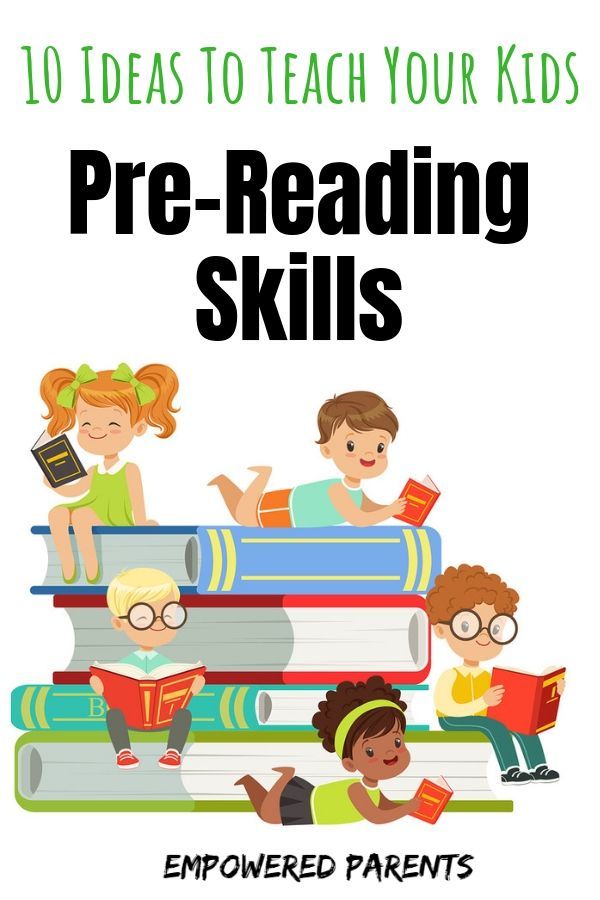 After that, it is allowed to move on to learning words, where a letter is added to the syllable, for example, “bass”, “cat”, “house”, “poppy”, “lacquer”, etc. And having already mastered such material, you can begin to engage in elementary sentences, such as “mother washed Mila”, “Kolya pricks stakes”, etc. As for the letters "y", "b" and "b", it is better to leave them in the end.
After that, it is allowed to move on to learning words, where a letter is added to the syllable, for example, “bass”, “cat”, “house”, “poppy”, “lacquer”, etc. And having already mastered such material, you can begin to engage in elementary sentences, such as “mother washed Mila”, “Kolya pricks stakes”, etc. As for the letters "y", "b" and "b", it is better to leave them in the end.
7
Learn anytime, anywhere
No matter what you and your baby are doing at the moment: walking, shopping, standing at a bus stop or having a snack in a cafe - you can read anywhere and anytime. Almost everywhere there are signs, advertising posters, signs with the names of shops, streets, stops, etc. Use it to your advantage and your child, and let him read everything you show him.
8
Play
Teaching a child to read, as well as any other skill, should take place in a playful way. Come up with your own games where you need to know the sounds, letters and syllables.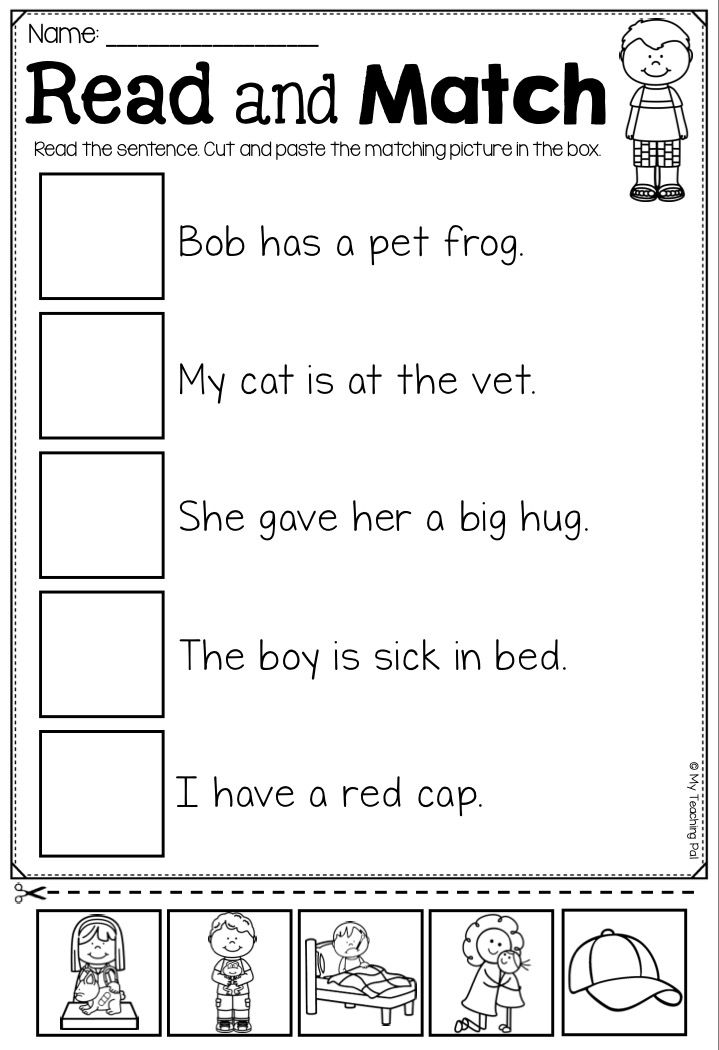 For example, you can ask your child to look for specific letters in words and pronounce them. You can also buy home letters on magnets and make words on a special board or refrigerator. And another game will help develop mindfulness - take letters on magnets or cubes, make a series of letters where all but one are consonants, and let your baby find a vowel.
For example, you can ask your child to look for specific letters in words and pronounce them. You can also buy home letters on magnets and make words on a special board or refrigerator. And another game will help develop mindfulness - take letters on magnets or cubes, make a series of letters where all but one are consonants, and let your baby find a vowel.
9
Arouse interest
To make your child learn to read better and easier, you need to get him interested in it. And for this it is very good to show that reading is necessary for a full life among other people. Therefore, clearly demonstrate to the baby the importance of this skill - show him letters, postcards, notes, tablets, write notes so that he reads them. Over time, the child himself realizes that learning to read is simply necessary.
10
Read aloud
Reading aloud, and even for a while, is considered to be a very effective way of teaching a child to read quickly. But you need to apply it, of course, when the baby has already mastered some skills.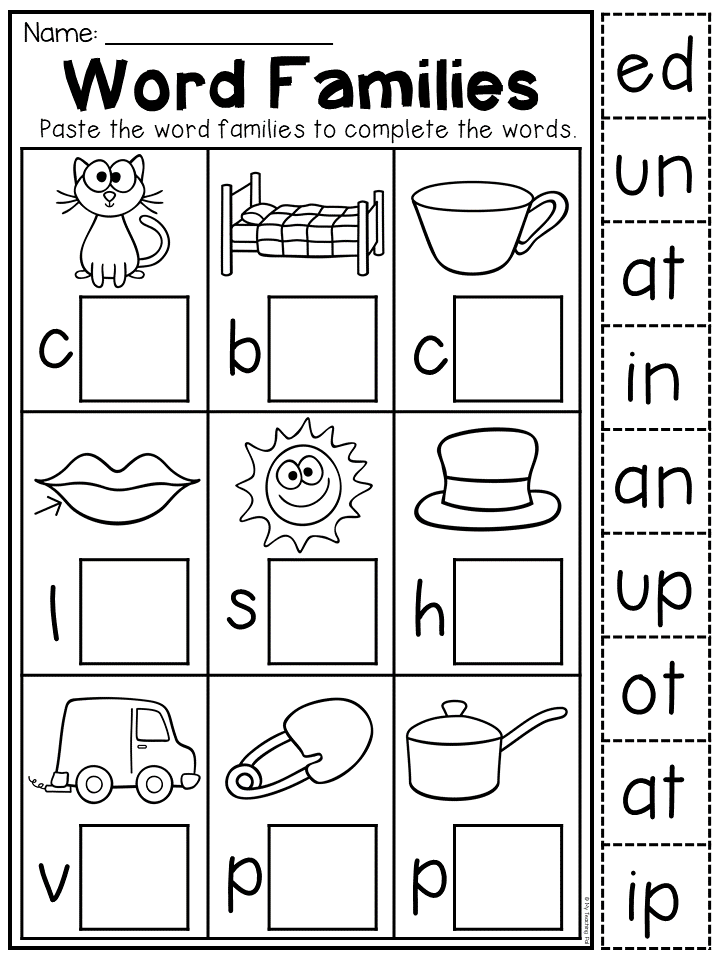 Based on what your child has already learned, make up your tasks and give them to him to complete, marking, for example, a minute. By the way, the so-called “Reader's Diary” will help a lot here, where you will record the progress of your baby. And so that he completes the tasks with enthusiasm, after every hundred words you read, give him some nice little thing.
Based on what your child has already learned, make up your tasks and give them to him to complete, marking, for example, a minute. By the way, the so-called “Reader's Diary” will help a lot here, where you will record the progress of your baby. And so that he completes the tasks with enthusiasm, after every hundred words you read, give him some nice little thing.
11
Reading with a bookmark
Reading with a bookmark is another rule for improving reading skills. You need to use a bookmark here, as usual, with the only difference being that it should not close the bottom line, but the words read. So you will help your baby not get confused in a large number of words and focus on a new word.
12
Regularity of study
We have already talked about repetition, so just add that you need to read regularly and systematically. In other words, you need to pay attention to mastering the reading skill every day, even if it takes only 5-10 minutes.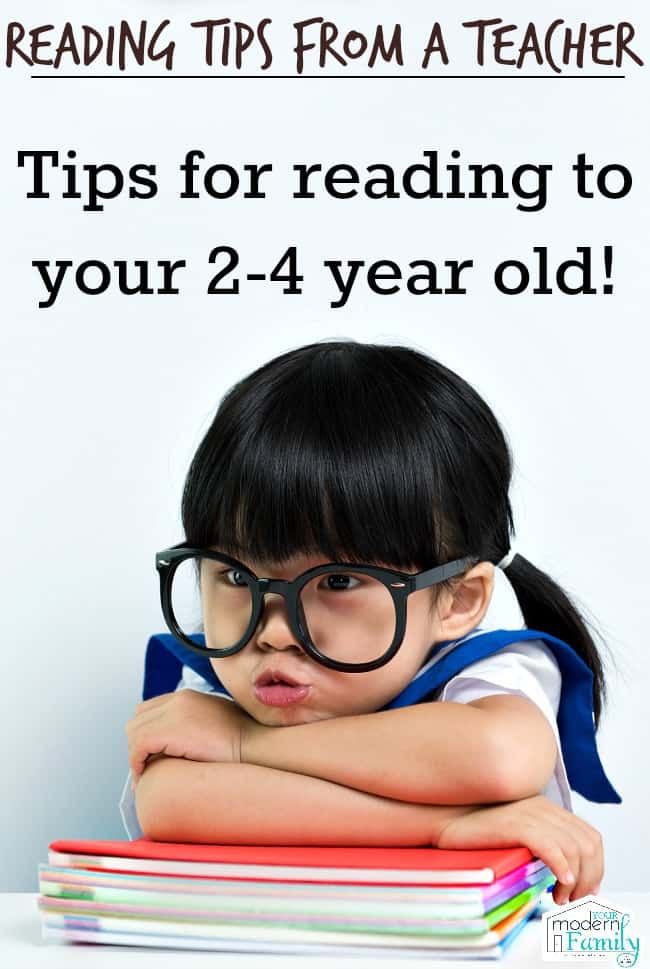 But what is even more important is not to abandon classes, even when it starts to seem that the baby is already reading well.
But what is even more important is not to abandon classes, even when it starts to seem that the baby is already reading well.
To conclude the first lesson, we would like to supplement the above rules with a few more tips that will help you teach your child to read faster and better.
A few extra tips
Your child will learn to read more successfully if you follow this list of tips:
- Be sure to get a primer or alphabet. In the future, this literature will always evoke in the child associations with pleasant learning. It is best if the books are supplemented with drawings
- If you study letters, then start with vowels, because you can sing them using your favorite melodies, and this is useful, fun and interesting. It is very good if the classes are accompanied by modeling from plasticine or coloring pictures. This will teach the baby to identify letters and understand them
- You need to study consonants only after vowels. And do not forget that you first need to explain to the child how the letter in the word is pronounced, and only then - how it sounds on its own
- To increase the effectiveness of learning, it is useful to compose fairy tales about letters so that acquaintance with them is more interesting for the baby.
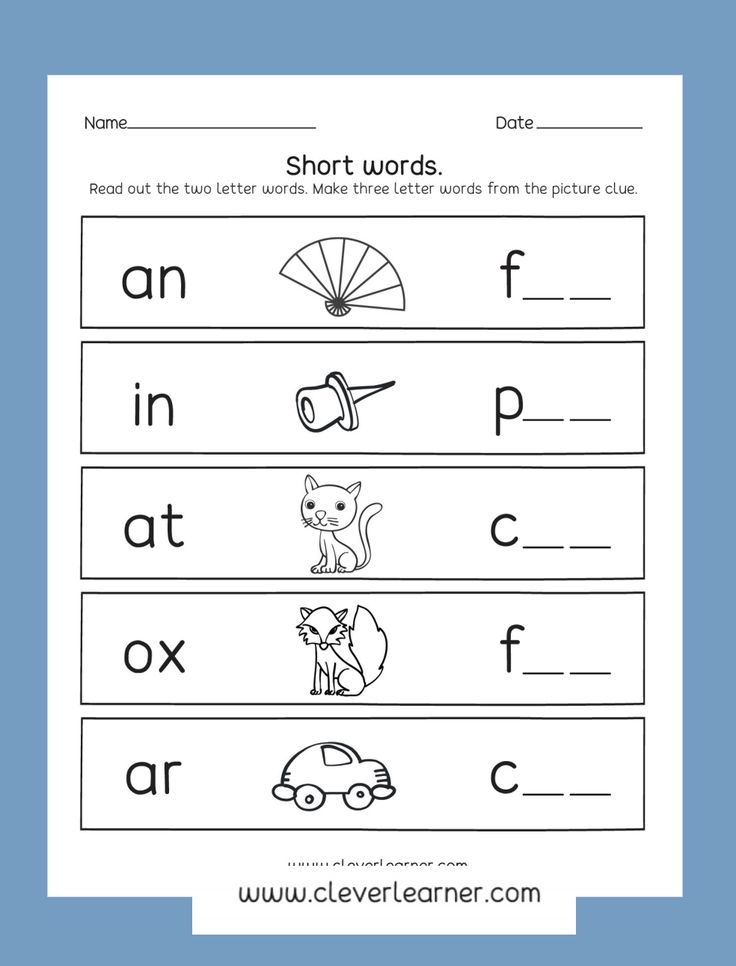 For example, once upon a time there was a cheerful letter "U". And one day she climbed a hill, and how she rolled down from it, fervently shouting “Uuh!”. By analogy, make short stories for each letter
For example, once upon a time there was a cheerful letter "U". And one day she climbed a hill, and how she rolled down from it, fervently shouting “Uuh!”. By analogy, make short stories for each letter - In the process of learning, do not neglect creative materials. Remember that a child learns the world through sensory perception, which means that he definitely needs to try and touch everything. Cutting out letters from cardboard, sculpting letters from plasticine, baking cookies in the shape of letters, etc. can come up. An experience like this will forever be imprinted in your child's memory
- Most effective are short sessions of 10-15 minutes several (3 to 5) times a day. Stick to this system, and your kid will not only not get tired, but will also look forward to each lesson
- And, finally, the most important rule in any interaction with a child is benevolence and patience with the baby. Never allow yourself to lose your temper, raise your voice, and even more so insult the little man.
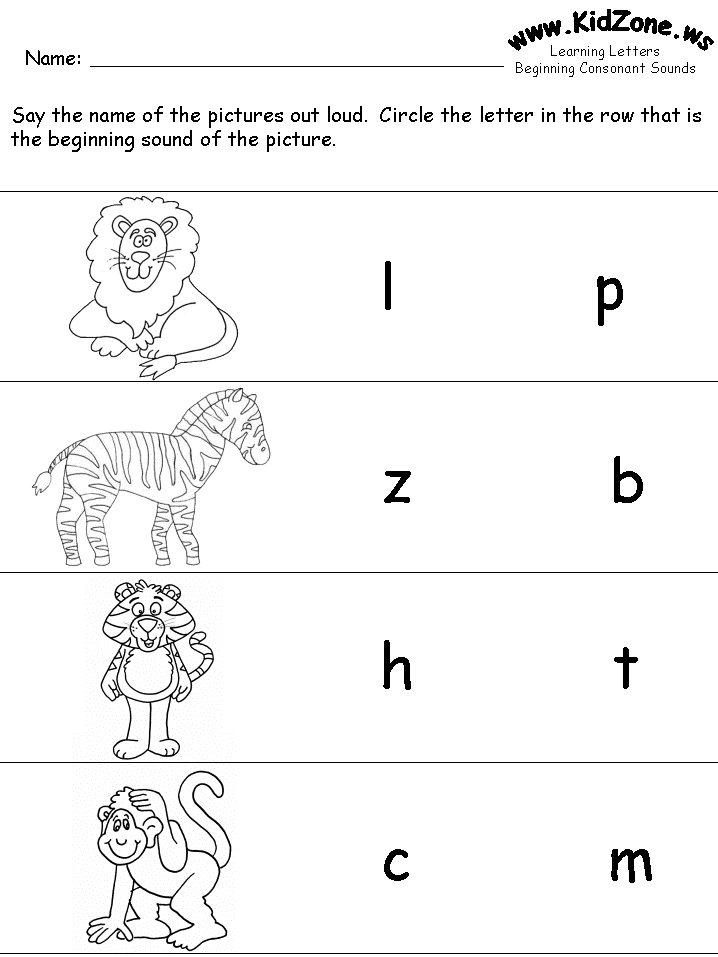 Otherwise, all activities will be of no use, and even the child’s attitude towards you may not be the best.
Otherwise, all activities will be of no use, and even the child’s attitude towards you may not be the best.
Approach teaching your child to read with love and intelligence, and the first results will not be long in coming. And in the next lesson, we will talk about the most popular methods for teaching children to read today, and also briefly talk about what we based on when creating the presented course.
Lesson 1. The most popular methods of teaching children to read
Almost every one of us today can remember the famous blue primer with which he learned to read. But time passes, and the presented tool loses its relevance, giving way to special methods of teaching children to read. Today, there are many such methods, but we will tell you about the most popular ones, as well as point out their main advantages and disadvantages, if any. Of course, we will say a few words about the primer, as well as introduce the benefits of practical methods for teaching children to read, collected in this course by the 4Brain team.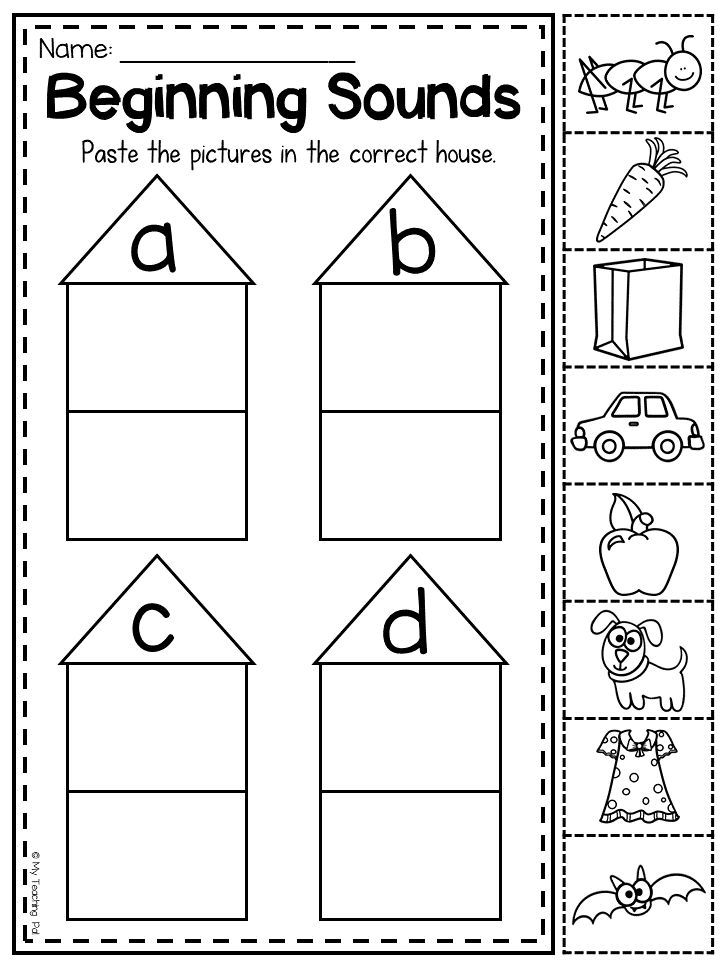 But, as is customary with us, everything is in order.
But, as is customary with us, everything is in order.
To begin with, it will not be superfluous to note once again that it is recommended to teach children to read no earlier than 4-5 years old, but it is not excluded that children begin to master this skill earlier (we talked about indicators of readiness of kids for reading in the first lesson). The author's methods, which we will talk about, are designed for early, i.e. primary education for children.
Lesson 2. The most important points in teaching children to read. An easy way to teach your child to read
In the previous two lessons, we looked at the basics of teaching children to read and got acquainted with the most popular methods on this topic. But the theoretical aspects do not end there, because teaching a child to read is not an easy task. Naturally, we will not load you with theory, otherwise the course will simply be of no use, but nevertheless we will allow ourselves to touch on a few more issues of a similar nature.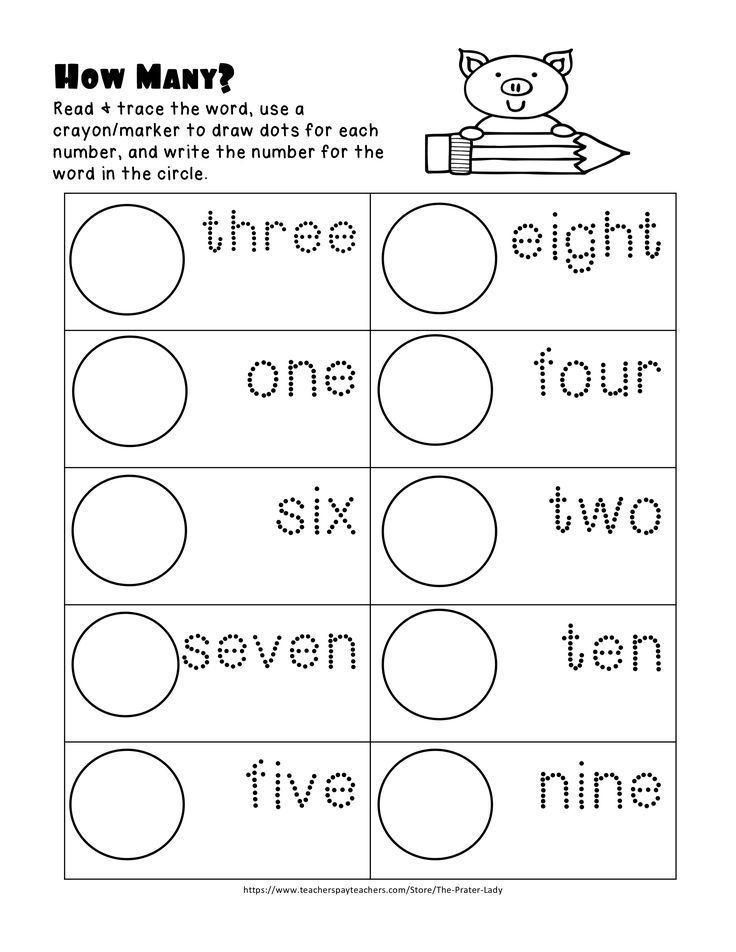
If you want to make your child's reading education as effective as possible, you should pay attention to a number of specific nuances, which we will discuss below. We also note that the recommendations we offer have been tested in practice by many parents and have shown their effectiveness on many generations of children. Despite this, they are extremely simple, and it will not be difficult for you to follow them. Plus, this information will help you avoid the most common mistakes. And this means that your baby will very soon distinguish between letters, syllables and words, memorize them and pronounce them correctly.
Lesson 3. Preparing for reading for the little ones. Age features. First books. Methods and recommendations
Remember, just recently you thought about how to help your baby solve his first "baby" difficulties - to master a rattle, teach him to eat, go to the potty. But time flies, and now it's time for the baby to master the first skills that will be useful to him in adulthood. And one of them is reading. Preparation for the process of learning to read is very important, because. only with a competent integrated approach, success in this difficult, but very interesting business will be guaranteed.
And one of them is reading. Preparation for the process of learning to read is very important, because. only with a competent integrated approach, success in this difficult, but very interesting business will be guaranteed.
To begin with, let's once again touch on the age characteristics, namely: consider what is special in the period from 3 to 7 years with a child, because the methods that need to be used for learning and the subtleties of preparation depend on this.
Lesson 4. Learning the alphabet
One of the foundations of reading at all times was the knowledge of the alphabet. As it should be assumed, there are many methods for studying the variety of letters in the Russian language, but not all of them are effective. In addition, when teaching a child, it is always necessary to focus on the psychological and physiological characteristics. Of particular importance in the development of the alphabet is the age aspect.
We have already mentioned that in 99% of cases the characteristics of babies are such that it is quite difficult for them to concentrate.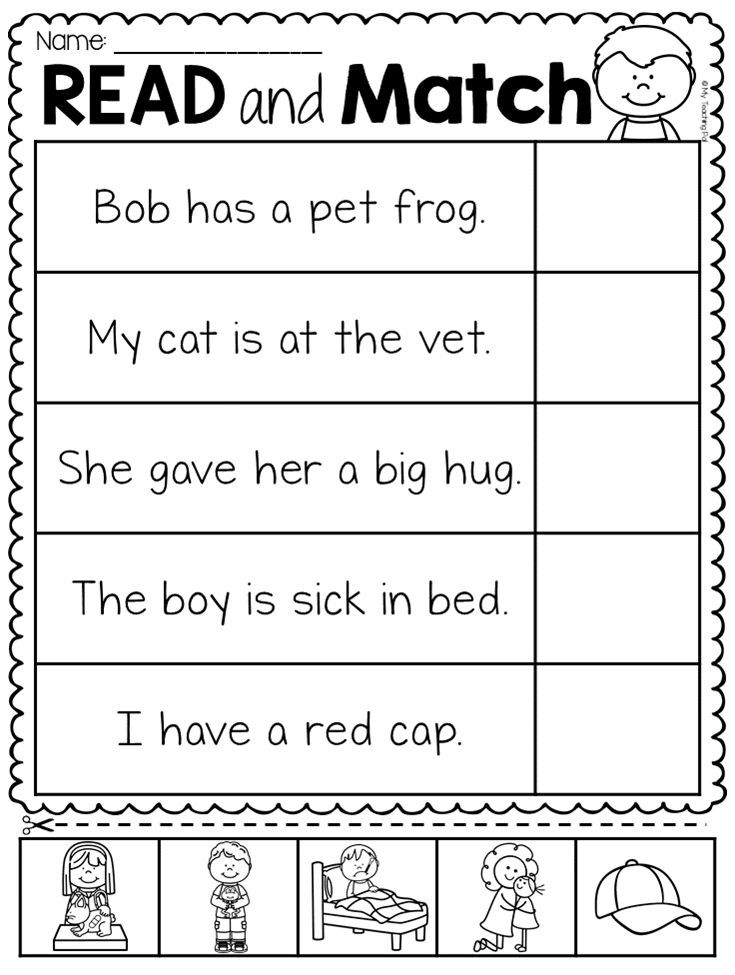 For this reason, it makes no sense to purposefully study the alphabet at the age of 1-2 years (meaning just such a study that will come in handy in the future, but of course you can prepare for reading), and teachers advise starting this from the age of three. Although always and everywhere one should rely on the individual characteristics of a particular child, and not try to find any age limits. Next, we will talk about learning the alphabet for children of different ages.
For this reason, it makes no sense to purposefully study the alphabet at the age of 1-2 years (meaning just such a study that will come in handy in the future, but of course you can prepare for reading), and teachers advise starting this from the age of three. Although always and everywhere one should rely on the individual characteristics of a particular child, and not try to find any age limits. Next, we will talk about learning the alphabet for children of different ages.
Lesson 5. Reading by syllables
After the child has mastered the alphabet, and you are sure that from now on the information about the letters of the Russian language is firmly established in his head, it's time to move on to the study of syllables. This lesson is dedicated to this topic.
Here are practical tips to help you teach your toddler to read by syllables, as well as some homework lessons to improve reading skills and abilities. Let's start with recommendations.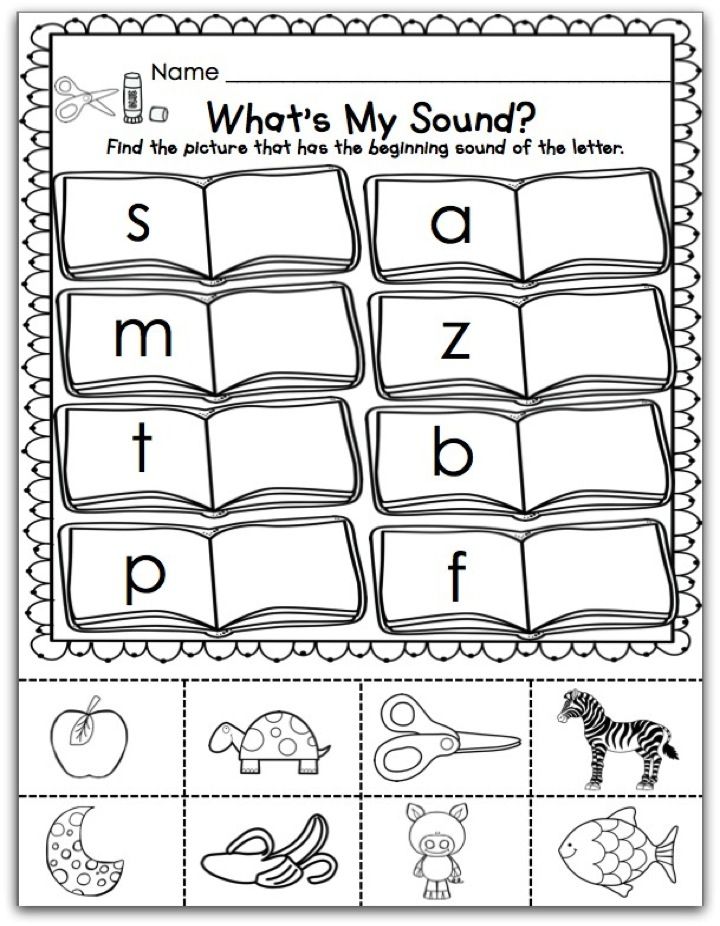
Lesson 6. Reading whole words
After completing the lessons, the child can confidently read the words, but they sound like this: “ko-te-nok”, “so-ba-ka”, “ig-rush- ka", "ki-no", etc. In other words, the baby reads the words, but reads them syllable by syllable. This is quite normal, but you definitely need to work on it, because. only when the child reads words and sentences completely and without hesitation can we say that he really learned to read. In addition, at the same time as learning to read words in their entirety, children must learn to understand the meaning of what they read. We will talk about these topics in the presented lesson.
But first, let's clarify a few very important points for ourselves - when a child learns to read words in its entirety, it is necessary:
Lesson 7. Speed reading
The ability to read is one of the most important and necessary skills for a person in life. And this is most clearly expressed when the child begins to go to school. The speed and quality of perception of information, as well as the success of the entire learning process in general, depends on the ability to read. If the child is able to read with difficulty, he will study, write down and assimilate the material very slowly, and this, in turn, will affect academic performance.
And this is most clearly expressed when the child begins to go to school. The speed and quality of perception of information, as well as the success of the entire learning process in general, depends on the ability to read. If the child is able to read with difficulty, he will study, write down and assimilate the material very slowly, and this, in turn, will affect academic performance.
For these and many other similar reasons, every parent who cares about his child and his success in life should not only help him learn to read, but do it as efficiently and competently as possible. In a slightly different way, he is obliged to teach the child to read correctly, meaningfully and quickly. And in our today's lesson, we will present a number of techniques and exercises that will help you achieve this result.
Lesson 8. How to make a child fall in love with reading
Enough has already been said about the meaning of reading and the boundaries it opens.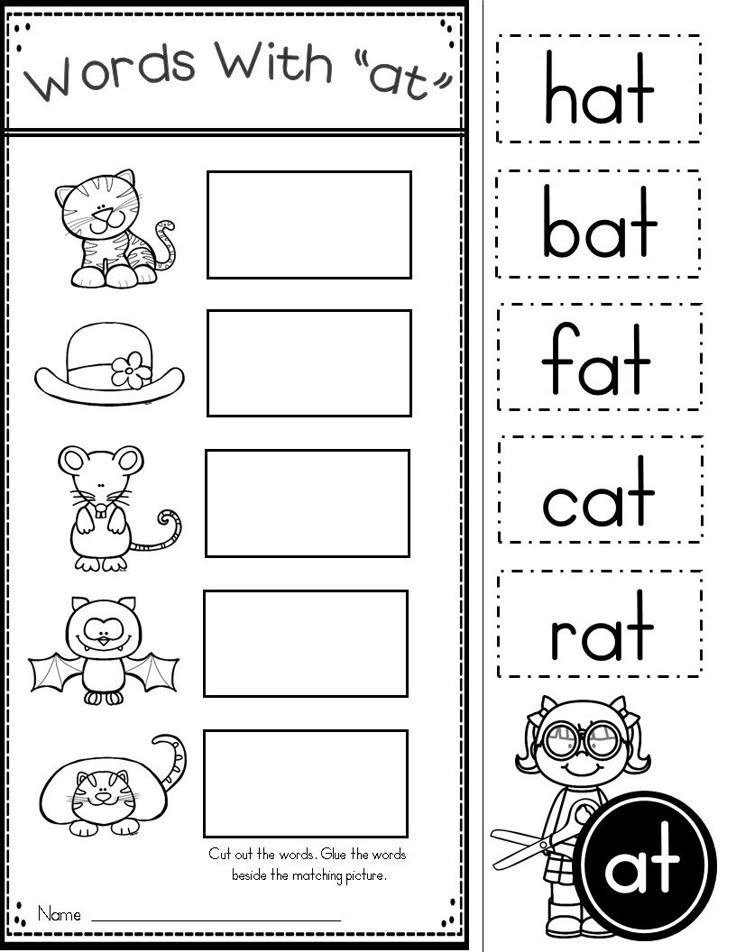 We only recall that people who love to read have a much better chance of success in life. And according to some psychological research, well-read children perform better in school and are significantly more likely to receive a higher education than children who do not like to read.
We only recall that people who love to read have a much better chance of success in life. And according to some psychological research, well-read children perform better in school and are significantly more likely to receive a higher education than children who do not like to read.
But how can a child be able to read and love this activity? How do you get him to pick up a book and spend time with it instead of spending countless hours on social media or playing games on his tablet?
Lesson 9. Teaching children to read in foreign languages
Teaching a child to read Russian is one thing. This, of course, is necessary; without it, as they say, nowhere. But at present, more and more often there is a need for a person to also know a foreign language, and, of course, this implies the ability to read in this language.
In the final lesson, we will look at the basics of teaching children to read in foreign languages, and as an example, as you might guess, we use English. First, it is an international language, i.e. it can be useful in life to any person, and secondly, its relevance is due to the widespread use of computer technology. That is why, by the way, today it is increasingly being taught in schools from the first grade.
First, it is an international language, i.e. it can be useful in life to any person, and secondly, its relevance is due to the widespread use of computer technology. That is why, by the way, today it is increasingly being taught in schools from the first grade.
And before moving on to the main part of the course, let's think a little about why being able to read and teaching your children to read is so important.
Reading quotes from famous people
To conclude this introductory lesson, here are some inspiring quotes from famous people about reading:
Reading is the best teaching!
Alexander Sergeevich Pushkin
Reading is to the mind what exercise is to the body.
Joseph Addison
People stop thinking when they stop reading.
Denis Diderot
Reading is an idle creative labor.

Maurice Blanchot
Reading is talking with wise men, action is meeting fools.
Francis Bacon
If the crowns of all the kingdoms of the world were placed at my feet in exchange for my books and my love of reading, I would reject them all.
François Fénelon
To love reading is to exchange hours of boredom, inevitable in life, for hours of great pleasure.
Charles Louis Montesquieu
The mind is strengthened or relaxed by reading just as much as the body by fresh or spoiled air.
John Ruskin
There is no entertainment cheaper than reading books and there is no pleasure longer.
Marie Montagu
Now feel free to start taking lessons. Good luck!
Kirill
1 Popular methods →
How to easily teach a child 4-6 years old to read - the best methods and exercises there is no ready answer, but we want to immediately warn against two misconceptions:
-
"You don't have to teach your child to read at home, they will teach you at school anyway.
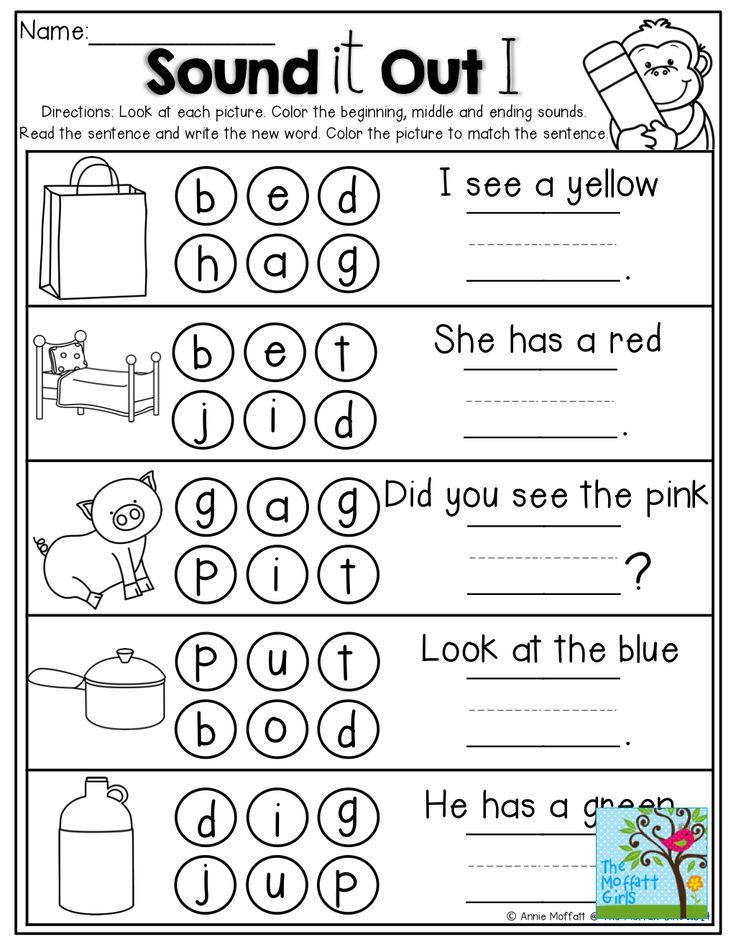 " Yes, they will. But remember: the first year at school is the most intense in all 11 years of study. For some 4-5 months in the 1st grade, the child goes through the alphabet "from" and "to", learns to read, write, and the rest of the time he studies the basics of the Russian language. Therefore, it will be great if he has a reading skill before school. This will reduce the burden on the child.
" Yes, they will. But remember: the first year at school is the most intense in all 11 years of study. For some 4-5 months in the 1st grade, the child goes through the alphabet "from" and "to", learns to read, write, and the rest of the time he studies the basics of the Russian language. Therefore, it will be great if he has a reading skill before school. This will reduce the burden on the child. -
"There is no time to waste - the sooner the baby begins to read, the better." All children are different and develop at their own pace. Therefore, you should not impose teaching reading to a preschooler as soon as he is 4-5 years old, if the student himself does not yet show interest in this activity. Instead, you can begin to develop an interest in reading through bright and engaging books. A good option would also be games that involve letters.
The indicator to be guided by is not the age of a preschooler, but his speech skills.
It's time to learn to read if…
If the speech development of a preschooler proceeds without gross violations. Let's figure out what criteria will help you find out if the child is ready to learn to read:
-
Understanding addressed speech. The kid must understand sentences, phrases, individual words that others around him turn to.
-
Vocabulary. The more words a child knows, the better he will understand what he read. It will also help him communicate with adults and other children.
-
Grammar. The ability to correctly build sentences, select and change words is important for children who are learning to read.
-
Pronunciation.
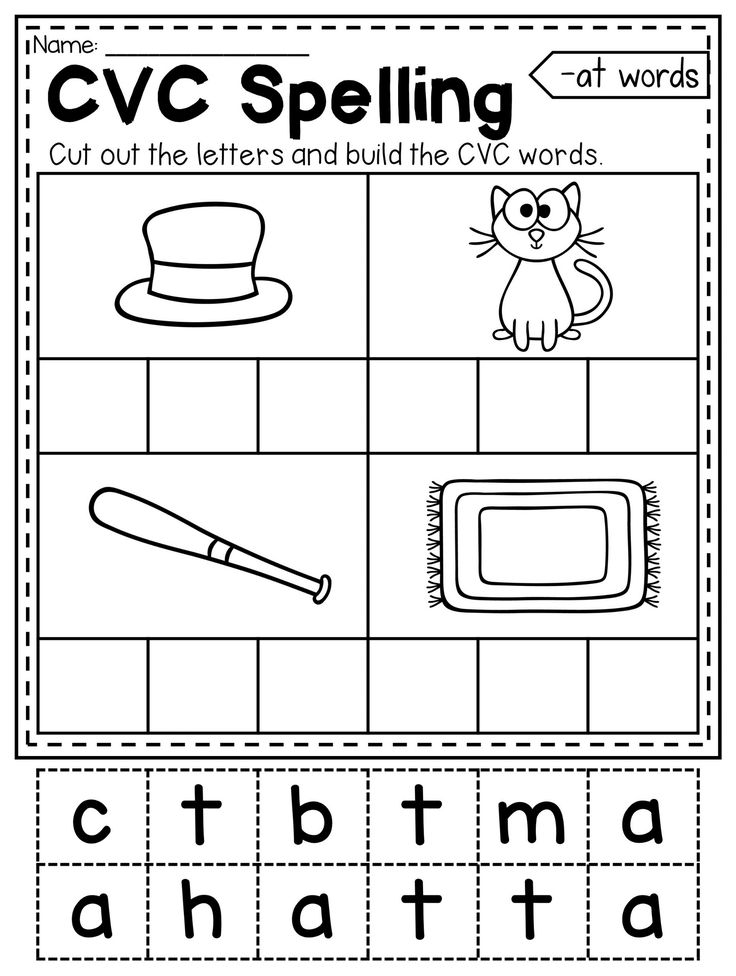 For learning to be effective, the child must know how to pronounce words without gross errors.
For learning to be effective, the child must know how to pronounce words without gross errors.
Remember: at preschool age, a child may have minor flaws in grammar and pronunciation - this is normal. Over time, these violations will be corrected, and they should not be considered an obstacle to reading. But if the baby is not yet very confident in speaking, do not rush him to read - this will not help develop speech, but only demotivate.
Practicing child psychologist Ekaterina Murashova
Free course for modern moms and dads from Ekaterina Murashova. Sign up and participate in the draw 8 lessons
How to make reading easier for preschoolers
-
Praise more and never scold
It's hard for us adults to imagine how difficult it really is for a baby to learn from scratch such a complex skill as reading. After all, being able to read means being able to correlate a sound with a letter or a combination of letters, connect sounds, understand the meanings of the words read and the meaning behind the text.
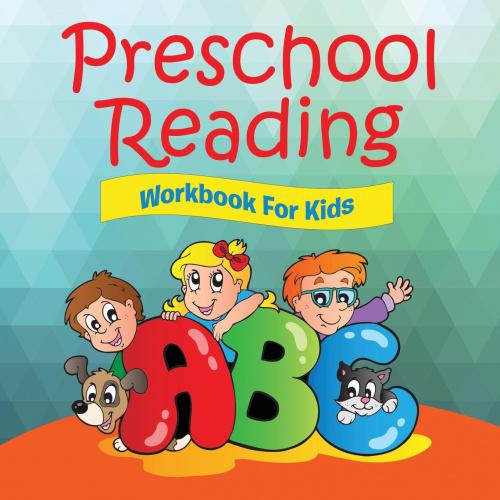
If parents take the child's progress for granted and express dissatisfaction when the child does not understand something, this will not push the future student to development, but will only complicate the process. Therefore, it is important to praise for small victories: I learned the letter that was passed last time - great, I coped without my father's help with the word as much as two syllables - clever.
Do not take failures as a consequence of the negligence of the little student. When a child does not understand the first time, this is an occasion to look for another explanation or give more time to practice. If you feel tired and irritated, you should stop the activity and return to it in a good mood.
-
Exercise little but regularly
Do not expect perseverance and a desire to spend hours figuring out unfamiliar letters from your baby.
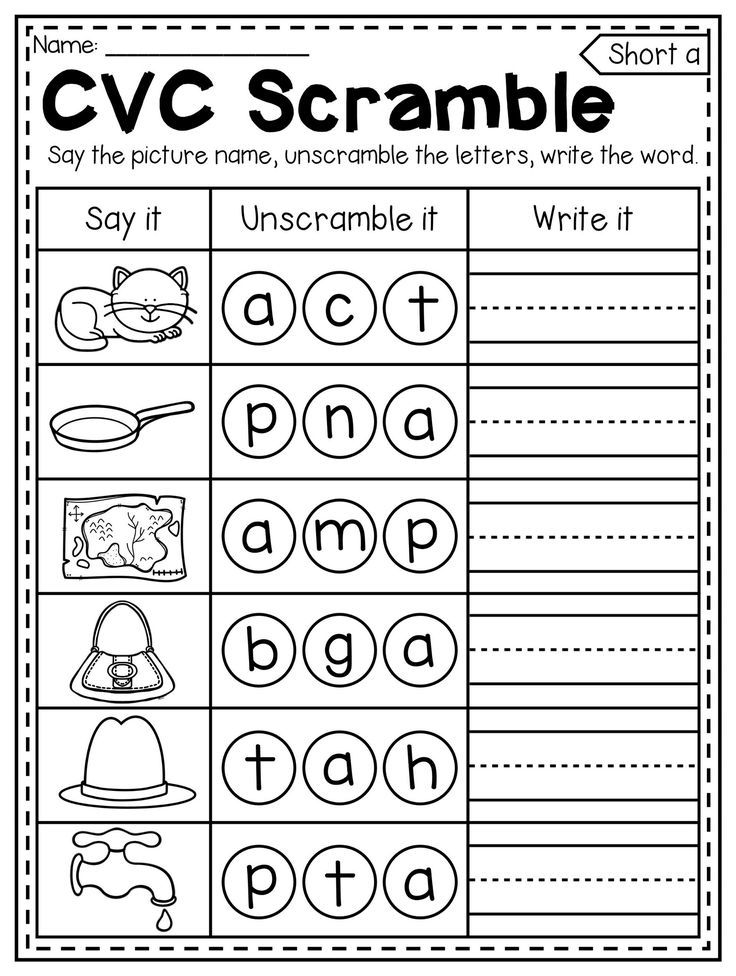 It is difficult for preschoolers to keep their attention in a lesson for more than 25 minutes, and even such small classes should be interrupted with physical education minutes and games so that the child does not get bored. This is exactly how Skysmart prepares for school: 25-minute classes with breaks for outdoor games.
It is difficult for preschoolers to keep their attention in a lesson for more than 25 minutes, and even such small classes should be interrupted with physical education minutes and games so that the child does not get bored. This is exactly how Skysmart prepares for school: 25-minute classes with breaks for outdoor games. But regular practice is important - much more important than the duration of the session. And it doesn’t have to be just lessons: you can look for familiar letters on signs during a walk, on a door plate in a children’s clinic, on a package of your favorite corn flakes.
-
Read books aloud
In a series of studies conducted by Dr. Victoria Purcell-Gates among five-year-olds who could not yet read, children to whom their parents regularly read aloud for two years were found to express thoughts in more literary language, build longer phrases and use more complex syntax.
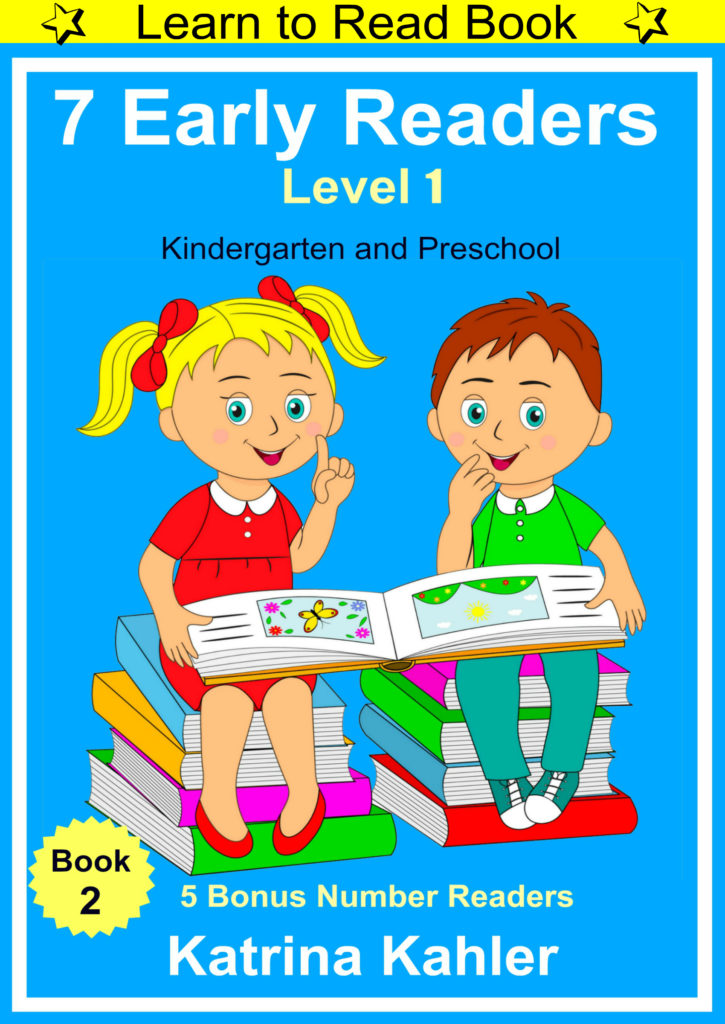
In addition, reading aloud with adults contributed to the expansion of the children's vocabulary, as parents explained the meanings of new words that children did not encounter in everyday life.
Expert Opinion
According to neuroscientist Marianne Wolfe, book evenings with parents help develop a love of reading because the child establishes a connection between reading aloud and feelings of love and warmth.
-
Discuss read
The role of communication in teaching literacy cannot be overestimated. At first, it is important to ask if the future student is interested, if he is tired, what was remembered from the lesson. When a preschooler learns to read coherent texts, be sure to ask questions about their content.
It's great if the child reads on his own and without the prompting of the parents, but even in this case, do not deprive him of the opportunity to discuss what he has read with you.
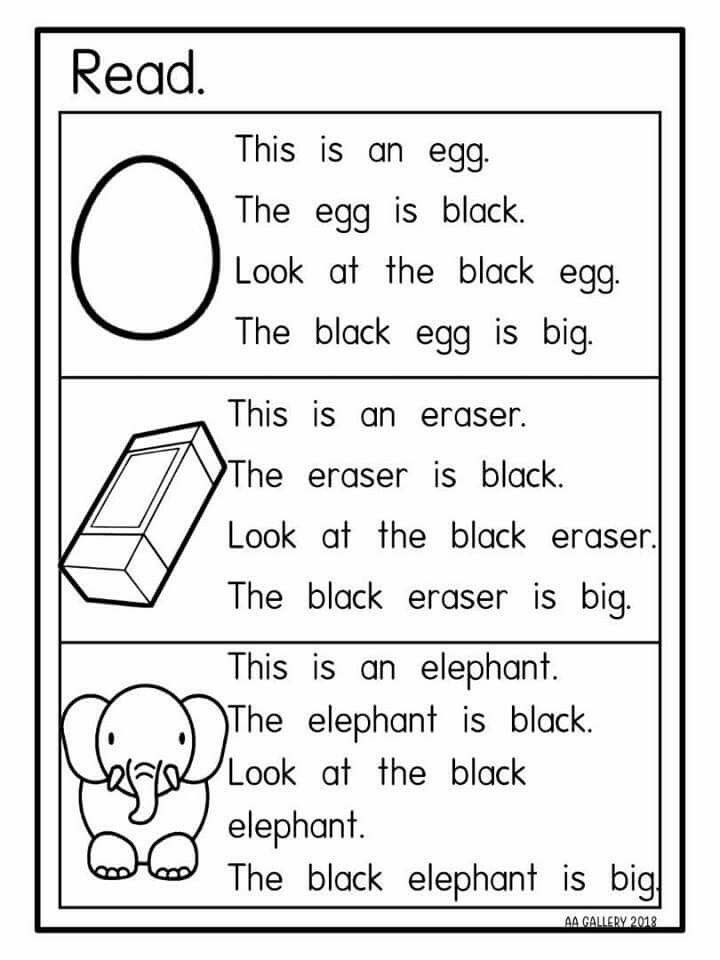 For example, you might ask:
For example, you might ask: -
Which of the characters do you like?
-
Do you think this character is like you? Would you like to be like her?
-
What would you do if you were a hero?
-
Why did the described event happen? How are these two events related?
-
How did what you read make you feel?
-
What do you remember most from what you read?
-
What do you think the author wanted to teach? Why did he write this? Do you agree with the author?
-
-
Go from simple to complex
From the correspondence between sounds and letters to syllables, from short words to longer and more complex words. It would seem that this is obvious, but no: sometimes parents are so happy with the success of the child at first that they push him to study more complex topics than he is ready to accept. Of course, the program should adapt to the future student, but you should not skip steps, even if the child is making progress.
There are methods that offer to teach a child to read by memorizing whole words. Alas, experiments show that such techniques generally work worse. For example, a group of scientists from the United States came up with an artificial alphabet and offered subjects to learn it, and then read the words written using this alphabet.
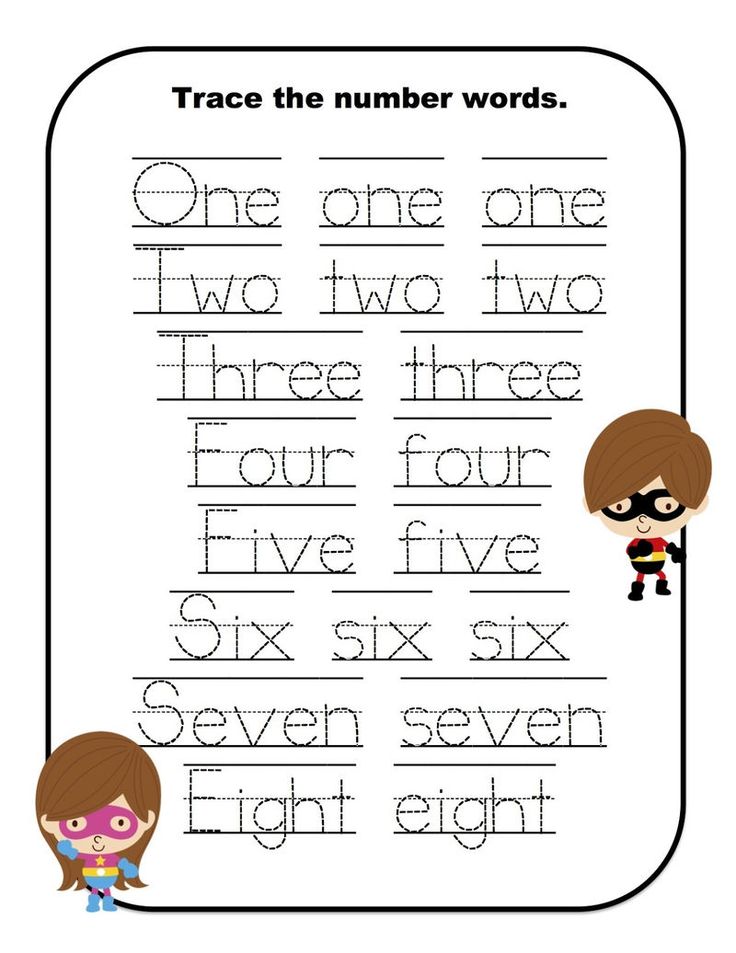 At the same time, some subjects were immediately explained the principles of correspondence between sounds and letters, while others had to derive reading rules on their own based on whole words. It turned out that the first group copes with reading new, previously unfamiliar words better than the second.
At the same time, some subjects were immediately explained the principles of correspondence between sounds and letters, while others had to derive reading rules on their own based on whole words. It turned out that the first group copes with reading new, previously unfamiliar words better than the second. Therefore, we advise choosing teaching methods that provide clear instructions about the relationship between sound and letter - and this is especially important for those children who have difficulty reading. Below we have compiled a few of these techniques that you can use to teach your preschooler at home.
It is important to select questions individually, based on the age of the child. With younger children, discuss everything together, ask simple questions, direct their attention to some facts. The complexity of the questions should increase in proportion to the age of the child. The older he is, the more difficult the tasks should be, and the questions can already affect the "reflection" of their feelings and experiences.
The complexity of the questions should increase in proportion to the age of the child. The older he is, the more difficult the tasks should be, and the questions can already affect the "reflection" of their feelings and experiences.
Methods of teaching preschoolers to read
Warehouse reading
The way to teach a child to read through warehouses was actually used in Rus', but for modern parents this technique is associated with the name of the philologist Nikolai Alexandrovich Zaitsev.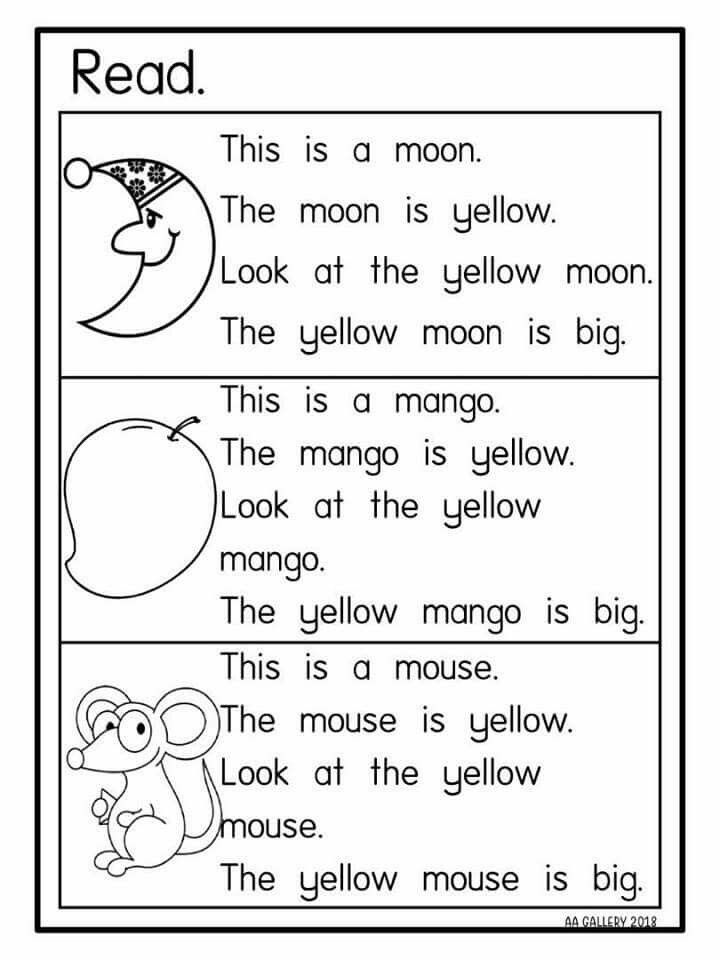
Zaitsev suggests not focusing on the study of individual letters, as it can be difficult for students to understand how letters can merge into syllables and words. Teaching a child to read by syllables is also not always easy: one syllable can be quite long ( shine, ruble ), and the boundaries of syllables are not obvious ( Lun-tik or Lu-ntik ?). Therefore, in Zaitsev's methodology, a warehouse is used as the main unit.
Warehouse can be a combination of a consonant and a vowel (pa-pa, ma-ma), a single consonant or vowel (de- d , i-s -li, A -le-sha), as well as a combination of a consonant with a hard or soft sign (ma- l -chi-k, po- d -yem).
In order for a preschooler to understand the differences between the recording of voiced and soft, vowel and consonant sounds, different types of warehouses have their own cube size, color and content, thanks to which the cubes sound when they are shaken.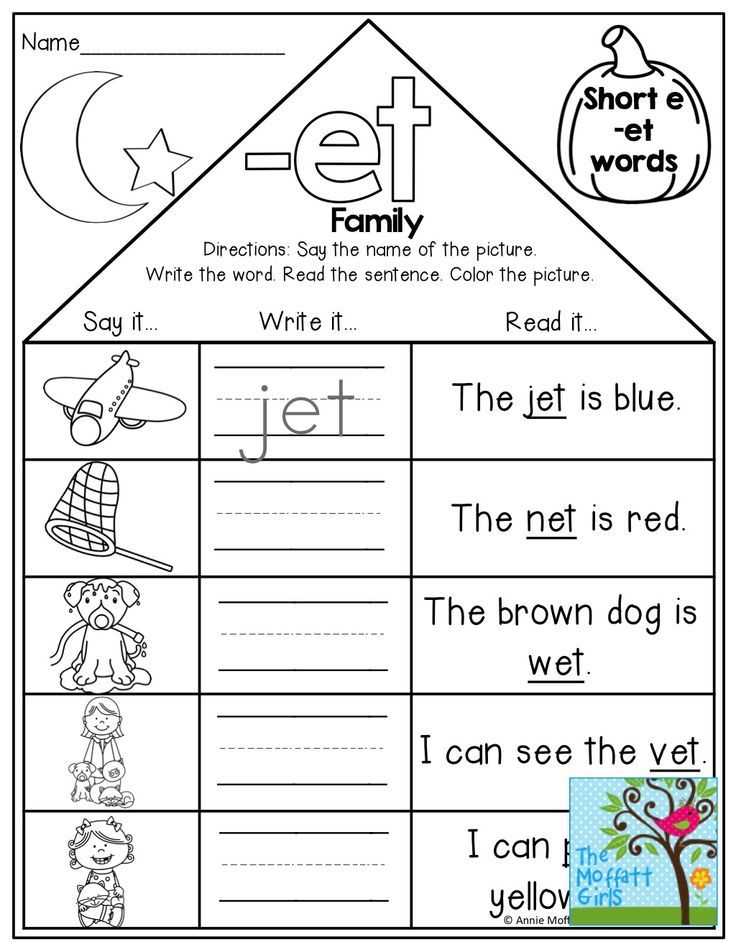 Cubes affect several channels of perception at once, and warehouses should not just be pronounced, but sung - this way, according to the author of the methodology, learning is more interesting and effective.
Cubes affect several channels of perception at once, and warehouses should not just be pronounced, but sung - this way, according to the author of the methodology, learning is more interesting and effective.
One of the advantages of the technique is that children willingly play with blocks themselves, and the process of learning to read becomes active, mobile.
Syllabic reading
This technique, according to some sources, was developed by the Romans. Later, Nadezhda Sergeevna Zhukova, a Soviet and Russian speech therapist, created a primer based on it. In it, she built her own system in which sounds and letters are sequentially introduced into speech.
Due to the fact that the concept of a syllable is introduced at an early stage, it is faster and easier to teach a child to read syllables together. By the way, as in Zaitsev's technique, it is proposed to sing syllables, and not just pronounce them.
Based on the syllabic method, Zhukova developed a set of teaching aids - copybooks, copybooks and a book for reading. Benefits will help teach children to read correctly 6 and 7 years old at home.
Both techniques for teaching preschoolers to read are used in the Skysmart Ready for School course. The course consists of two stages: first, children get acquainted with letters and warehouses, which allows them to quickly start reading simple words, and then they learn what a syllable is. Gradually, we introduce more complex syllabic constructions, move on to reading phrases and sentences.
Sound analytical-synthetic teaching method
This method originated in the USSR and is still considered the main one in Russian schools and kindergartens. It was developed by the Soviet teacher and Russian language methodologist Voskresenskaya Alexandra Ilyinichna.
Like N.S. Zhukova, Voskresenskaya proposed her own order in which children should learn letters and sounds.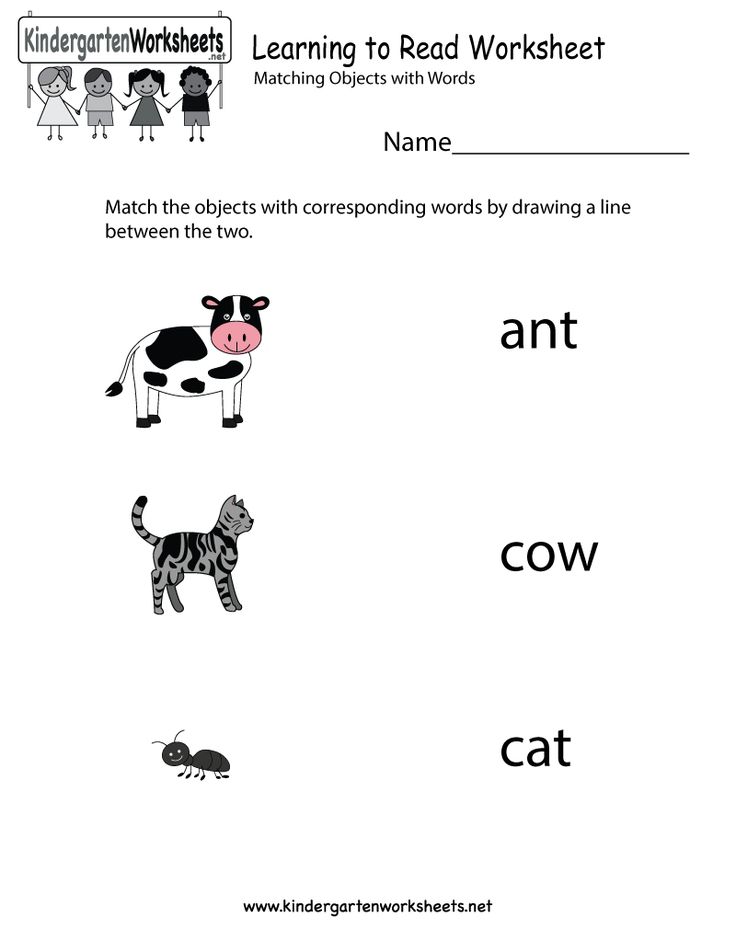 The principle of this sequence was that the child first learned the letters that can be combined into simple syllables, and then moved forward in the level of complexity. As a result, children learn syllables in this order:
The principle of this sequence was that the child first learned the letters that can be combined into simple syllables, and then moved forward in the level of complexity. As a result, children learn syllables in this order:
-
Two-letter syllables (including one consonant): am, ma, ra, etc. and simple words from them: ra-ma, ma-sha, Pa-sha, etc.
-
Three-letter syllables with a central vowel: poppy, lat, etc.
-
The combination of the first two stages into words: sa-lat, earth-la, etc.
-
Words of three syllables and six letters: az-bu-ka, ve-se-lo, etc.
-
Words of two syllables and six letters: question-ros, tea-nick, etc.
-
Words with a combination of vowels at the beginning and at the end of the word: chair, March, etc.
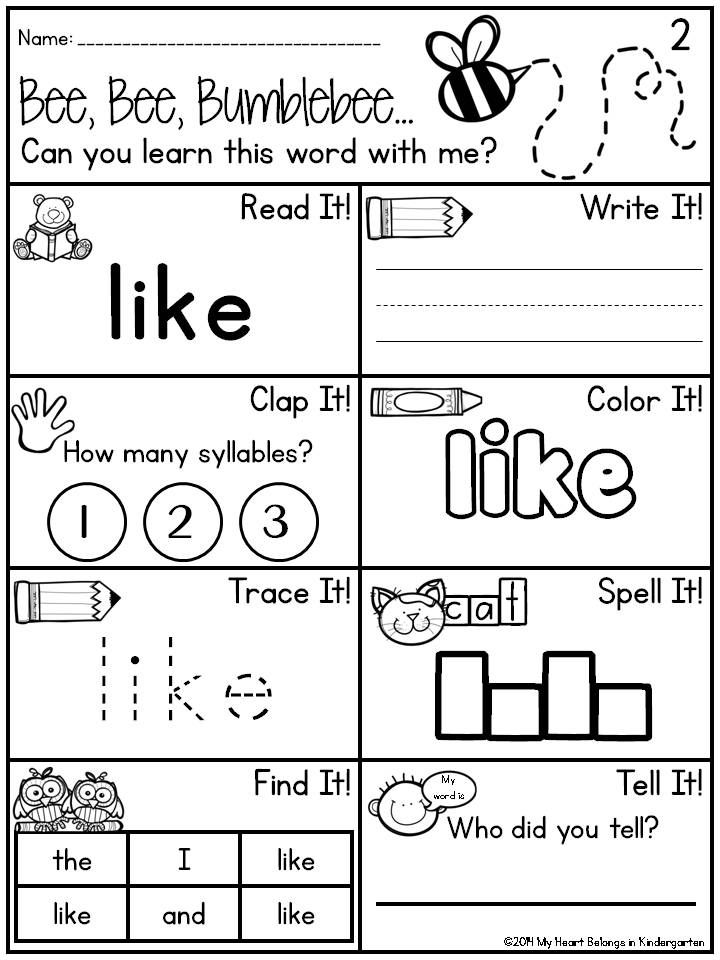
In this way, children simultaneously prepare for more complex syllables at each stage and reinforce what they have learned earlier.
Exercises for learning to read
Learning to read, as a rule, takes place in several stages. First, the child listens to the sound, visually remembers the letters. Different games will help with this, where you need to look for letters, invent words, etc. When this stage is over, you can move on to syllables and games to work them out. And only after that it will be possible to proceed to words, and then to sentences and texts.
Letter memory exercises
The first step is to teach your child to recognize letters. To do this, you can use pictures with hidden letters. We use such exercises in the preparation for school lessons in Skysmart.
Ask your child to identify what letter a word begins with, or name as many words as possible that begin with a certain letter.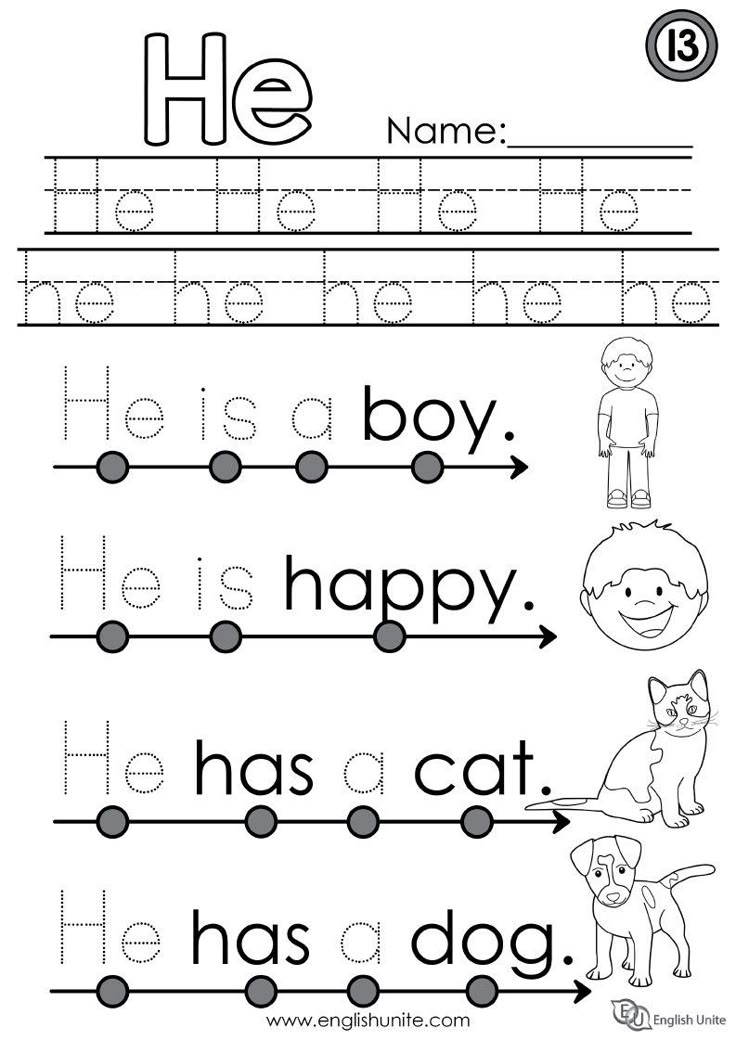
Next, we train to distinguish correctly written letters from incorrect ones. This is also important for learning to write: preschoolers often mirror letters or distort individual elements.
Exercises for vowels and consonants
To learn how to distinguish between vowels and consonants, tasks will help you determine the sound with which a word begins.
It will also help to remember the difference between vowels and consonants and search for an extra letter.
Word building exercises
When your child can read short words, ask him to make a word out of letters on his own.
Composing words from syllables is convenient if you have cubes at hand, but you can also try on paper.
Another good exercise is to fill in the missing letter in the word.